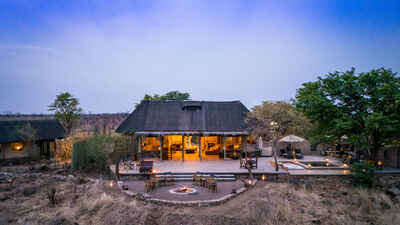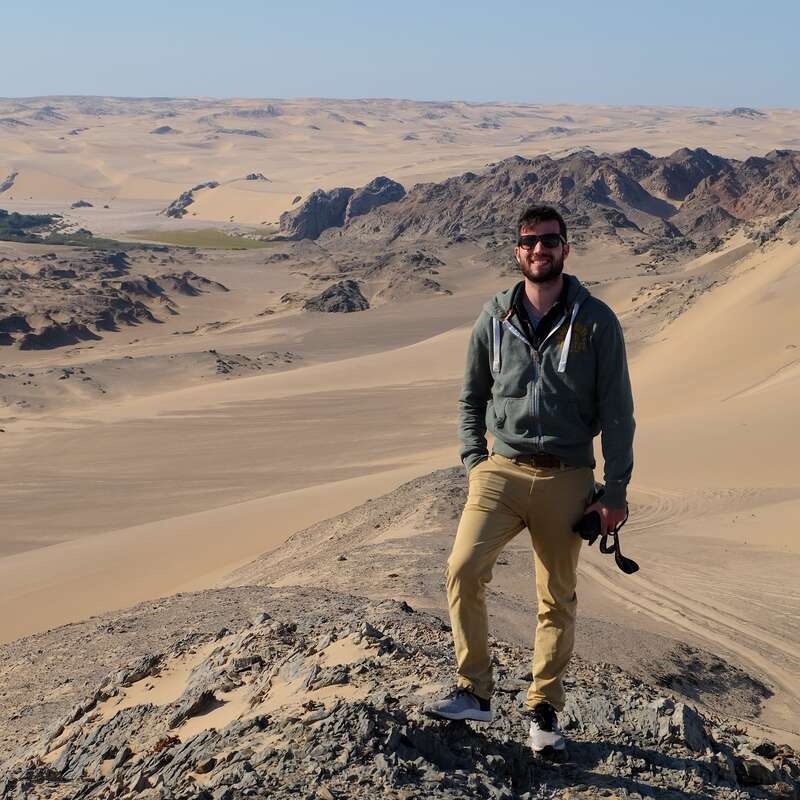About Daka Plains Camp
Dwarfed by big skies and seemingly endless wilderness, Daka Plains is small, intimate and very remote.
It's a winning combination for safari-goers in search of authenticity, right on the border with Botswana, and with wildlife aplenty.
Just seven comfortable walk-in tents house the camp’s guests, who start the day looking out across the plains from their bed, and dine as they choose – at a private table or with their guides in a communal setting.
Between the two it’s time to explore this isolated area. The camp’s 4WD vehicles can roam far, but if an animal is spotted off road, it may be time to venture further on foot, accompanied by a highly trained walking guide.
Key to the wildlife is the ephemeral Daka River, whose natural pools are a rare draw in Hwange National Park. Cheetahs thrive on the vast plains, and elephants – which roam freely between here and Botswana – are in their element.
As the evening draws on, there’s time to squeeze in a evening drive before climbing into bed beneath swathes of mosquito netting, a fan whirring gently overhead, the sounds of the African night drifting through the mesh-covered windows of your tent.
It’s an alluring prospect – and even more so with the option of an adventurous night or two at Daka Expeditions.
Our view
We love the remoteness of Daka Plains and the sheer scale of the surrounding environment, which – bordering Botswana – is unlike most of Hwange National Park. Walking in this area is a big plus, especially to and from the smaller Daka Expeditions, and the camp itself doesn’t disappoint.
Accommodation
8 tents; Expeditions 3 tents
Children
Best for 7+
Open
All year
Activities

4WD Safari

Birdwatching

Guided walking safari

Night drive

Private activities
Traveller reviews of Daka Plains Camp
1 real, un-edited reviews from Expert Africa's travellers.
Arrived 31 Oct 2019, 3 nights
"Remote Wild and Bewitching"
Overall rating: Excellent
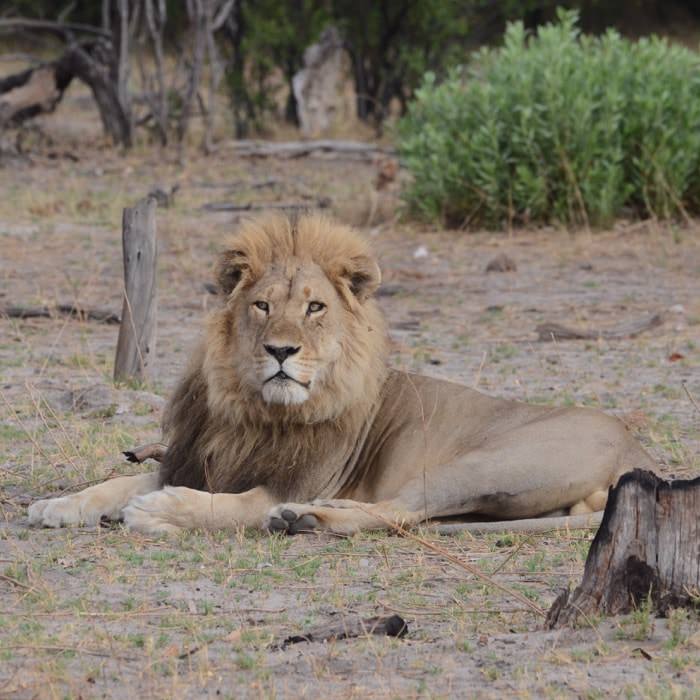
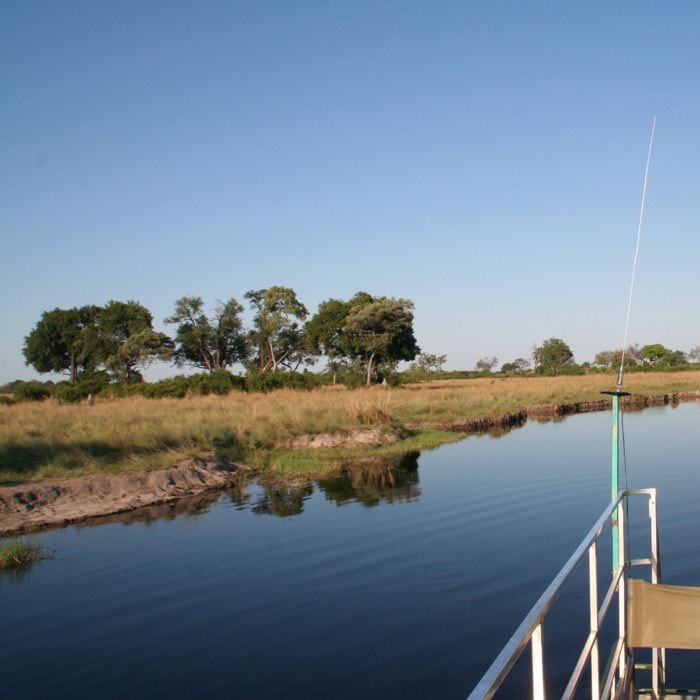
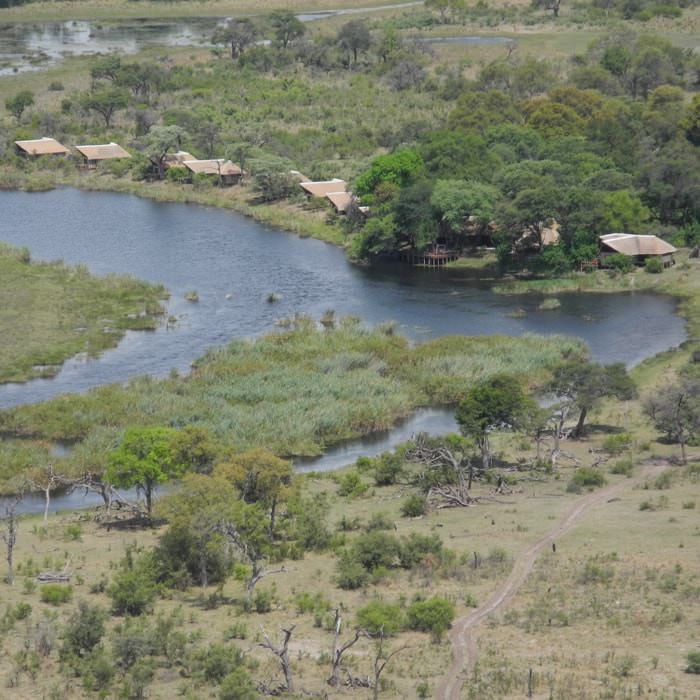
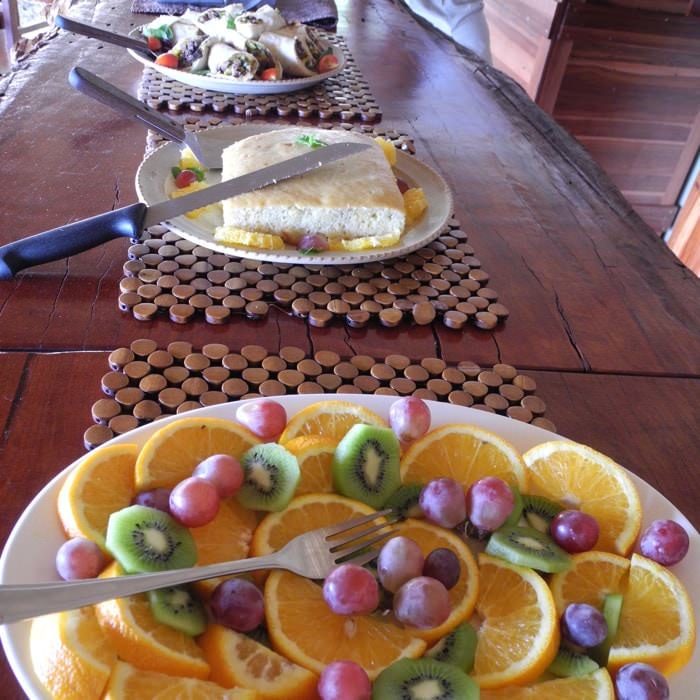
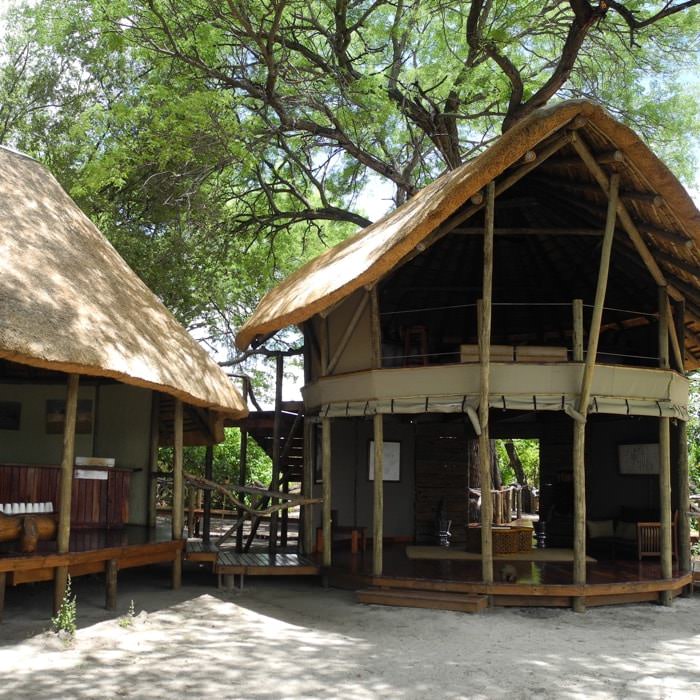
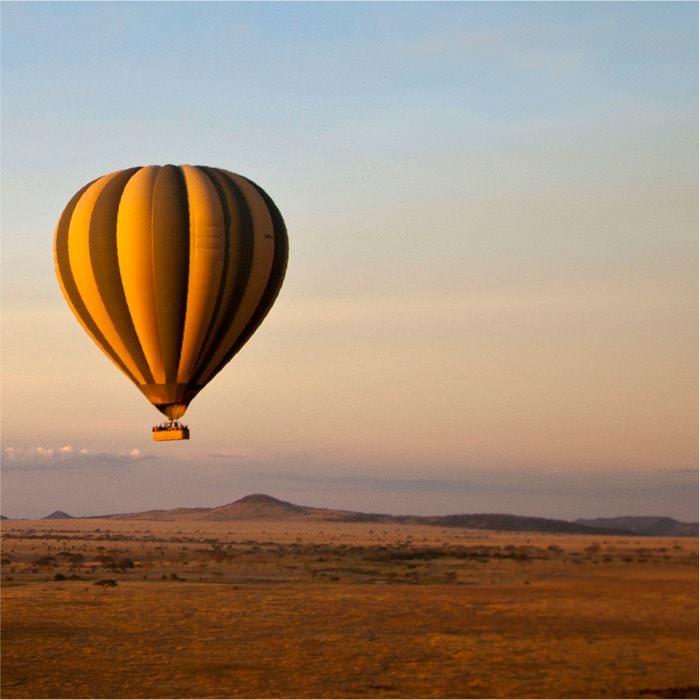
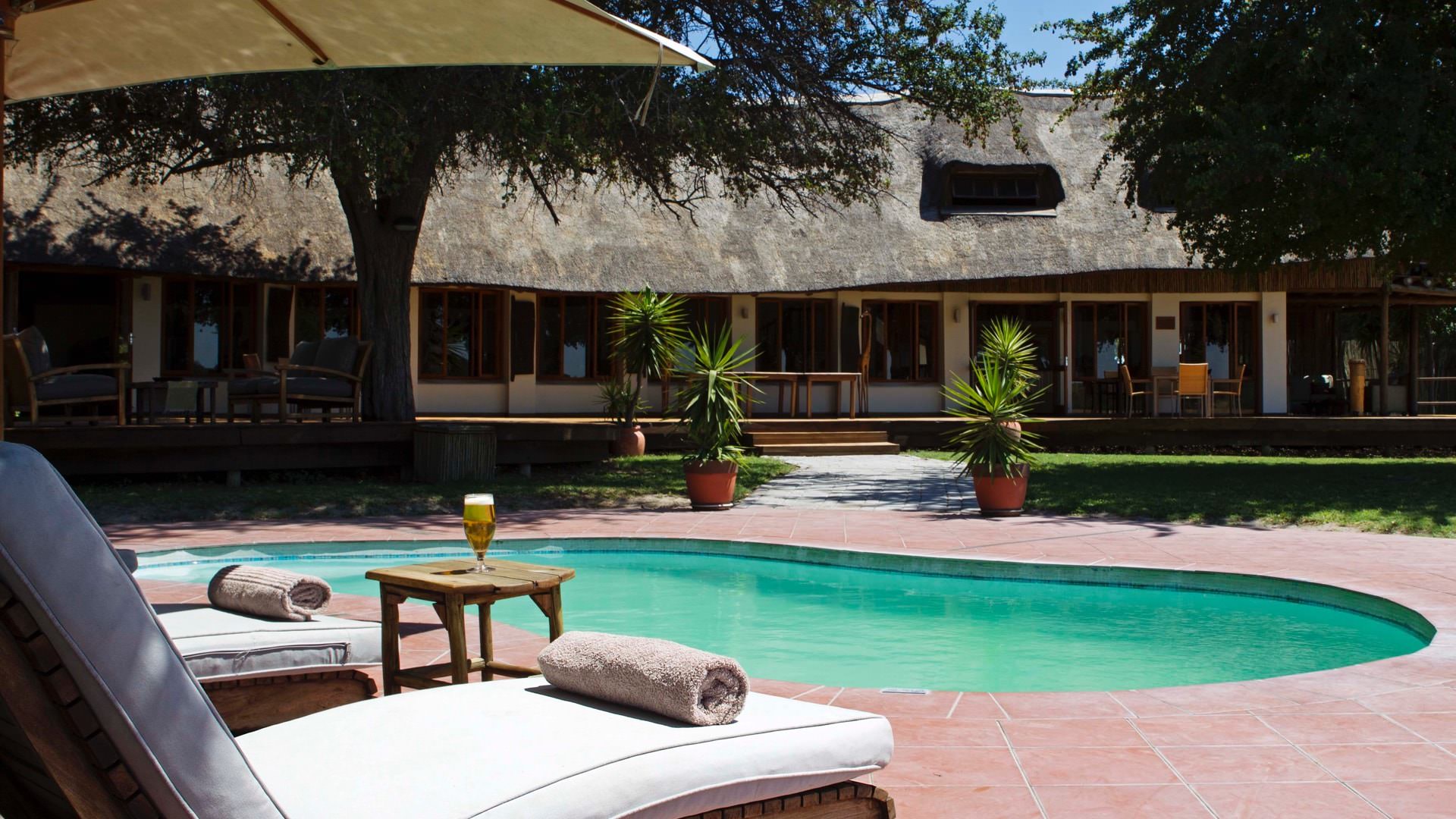
Expert Africa's gallery
When we travel we take lots of photos ourselves to give you a real and un-edited view of the safaris. See our 29 pictures of Daka Camp to get the candid view.
View galleryDaka Plains Camp: Our full report
In the north-west of Hwange National Park, Daka Plains Camp lies close to Zimbabwe’s border with Botswana.
Originally opened in 2019 as Deka Camp, it changed hands in late 2022 and is now known as Daka Plains. It’s a small and intimate camp in an incredibly isolated and wild area of the park.
Partly owned and run by renowned safari guide team Ian and Nonnie Batchelor, Daka Plains – and it’s even smaller sibling, Daka Expeditions – are set to put the adventure back into safari.
When we visited in June 2023, the camp was in its infancy, yet the hallmarks of its focus were all in place. There may be more game-viewing tracks now, but the wilderness hasn’t changed – and with it the isolation.
The camp itself has just eight walk-in tents - one suitable for a small family. All are nestled under thatched roofs on a small hill overlooking the Daka seeps, one of the only permanent water sources for miles around.
Proper doors open into the bedrooms, framed by curtains that fall to cool stone floors. The flow of air through mesh windows is helped by a ceiling fan above the bed, enclosed – like the bedside lights – within mosquito netting.
Looking towards the veranda and the plains beyond, a comfortable sofa is fronted by a campaign chest, with coffee- and tea-making facilities on hand. It all feels solid and attractive, yet unpretentious.
Stone walls clad the en-suite bathrooms, with a rustic shower and twin basins, and a door to an open-air bath for a decadent dip. Warm robes and fluffy towels are on hand to ward off any chill.
Just a stroll along sandy paths brings you to the main area, where the unfussy style, and the mood, continue. The lounge and bar seem to flow seamlessly into each other, with a stone fireplace for winter evenings, a library for booklovers, and tables set inside or out for dinner, depending on the weather.
By all means take advantage of the tree-shaded plunge pool in hot weather, or indulge in a spot of yoga, but equally inviting in the early morning and as the sun goes down is a warming firepit.
Activities at Daka Plains include game drives and walking safaris, both in the camp’s private concession and further afield into the national park. Prides of lion and large herds of antelope, including roan and sable, roam this wilderness, and the birding can be excellent – but it’s not wall-to-wall animals, so anticipation is part of the appeal. On our visit we were lucky enough to spot a coalition of cheetah, a huge number of elephants, and squadrons of sandgrouse. It’s a very special area, where we’ve driven for hours without coming across any other vehicles.
If this isn’t sufficiently off the beaten track, a further option is to spend a night or two at the smaller and simpler Daka Expeditions. Sleeping no more than six guests, this tiny camp is exclusive to just one group, and comes with its own professional guide and vehicle. Activities are as at Daka Plains.
While you can drive or fly into Daka Expeditions, many guests prefer to arrive on foot, walking to and from Daka Plains during the day and spending the night in the small camp. With just three large but traditional canvas tents, outside bucket showers and a simple mess tent, this is about as close to nature as you can get.
Geographics
- Location
- Hwange National Park, Zimbabwe
- Ideal length of stay
- Three nights would be best at Daka Plains, and moe if you wanted to add Daka Expleditions.
- Directions
- Daka Plains and Daka Expeditions are both about a 45-minute safari drive from Robin’s Airstrip.
- Accessible by
- Fly-and-Transfer
Food & drink
- Usual board basis
- Full Board & Activities
- Dining style
- Mixture of group dining and individual tables
- Dining locations
- Indoor and Outdoor Dining
- Drinks included
- The water in camp is considered safe to drink, but bottled water is also available.
Special interests
- Walking safaris
- A walking safari from Zimbabwe’s Daka Plains in the remote north-west of Hwange National Park is not to be missed. And best of all is the opportunity to walk accross the untouched wilderness to and from its smaller sister camp, Daka Expeditions.
- See ideas for Walking safaris in Zimbabwe
Children
- Attitude towards children
- Children of all ages are welcome.
- Property’s age restrictions
- Children under the age of 12 may not take part in walking safaris.
- Equipment
- Daka Plains has one safari tent that can accommodate a small family.
- Generally recommended for children
- Daka Expeditions is booked on an exclusive basis, so with just three tents it would work well for a small, adventurous family.
- Notes
- Both camps are exceptionally remote, with dangerous animals free to roam through. All children must be kept under constant supervision.
Our travellers’ wildlife sightings from Daka Camp
Since mid-2018, many of our travellers who stayed at Daka Plains Camp have kindly recorded their wildlife sightings and shared them with us. The results are below. Click an animal to see more, and here to see more on our methodology.

100% success

100% success

100% success

100% success

100% success

100% success

100% success

100% success

100% success

100% success

100% success

100% success

0% success

0% success

0% success

0% success

0% success

0% success

0% success
Communications
- Power supply notes
- Each tent has plug points for charging phones and cameras.
- TV & radio
- None
- Water supply
- Borehole
- Water supply notes
- All tents at Daka Plains have hot and cold running water, and fully plumbed toilets.
Health & safety
- Malarial protection recommended
- Yes
- Medical care
- The guides are trained in first aid; the nearest doctor would be in Hwange town, Bulawayo or Victoria Falls – many hours' drive away.
- Dangerous animals
- High Risk
- Fire safety
- There are extinguishers dotted around the camp.
Activities
4WD Safari
Birdwatching
Guided walking safari
Night drive
Private activities
Extras
- Disabled access
- On Request
- Laundry facilities
- Laundry is included and is taken daily. It is usually returned the same day, depending on the weather.
- Money
- There’s a small safe in each tented room.
Plan and book your trip with Expert Africa
All of our trips are tailor-made, so we'll always adapt them to suit you. Talk to an Expert and let us plan and arrange your perfect trip.

Talk to an Expert
Call or email us now! We’ll match you with the Specialist in our team who is best suited to help you. Then together we can start planning your trip.

Set up your itinerary
Based on our experience and your ideas, your specialist will create a detailed, costed itinerary. We’ll refine it together, until we have a trip that you’re perfectly happy with.

Prepare for your trip
The same Specialist will make the seamless arrangements for your trip, send you detailed travel documents, and be available to answer any questions before you depart.

Travel with peace of mind
After you set off, you’ll be cared for by our partners in Africa, most of whom have worked with Expert Africa for decades. And if you ever need us urgently, we’re available 24/7.

When you return
We love to learn about your trip, and so will always be grateful if you’ve the time to give feedback to your Specialist when you return.
Daka Plains Camp's location
Look closer at the environment and surroundings of Daka Camp.
Other lodges in Hwange National Park
Alternative places to stay in this same area.
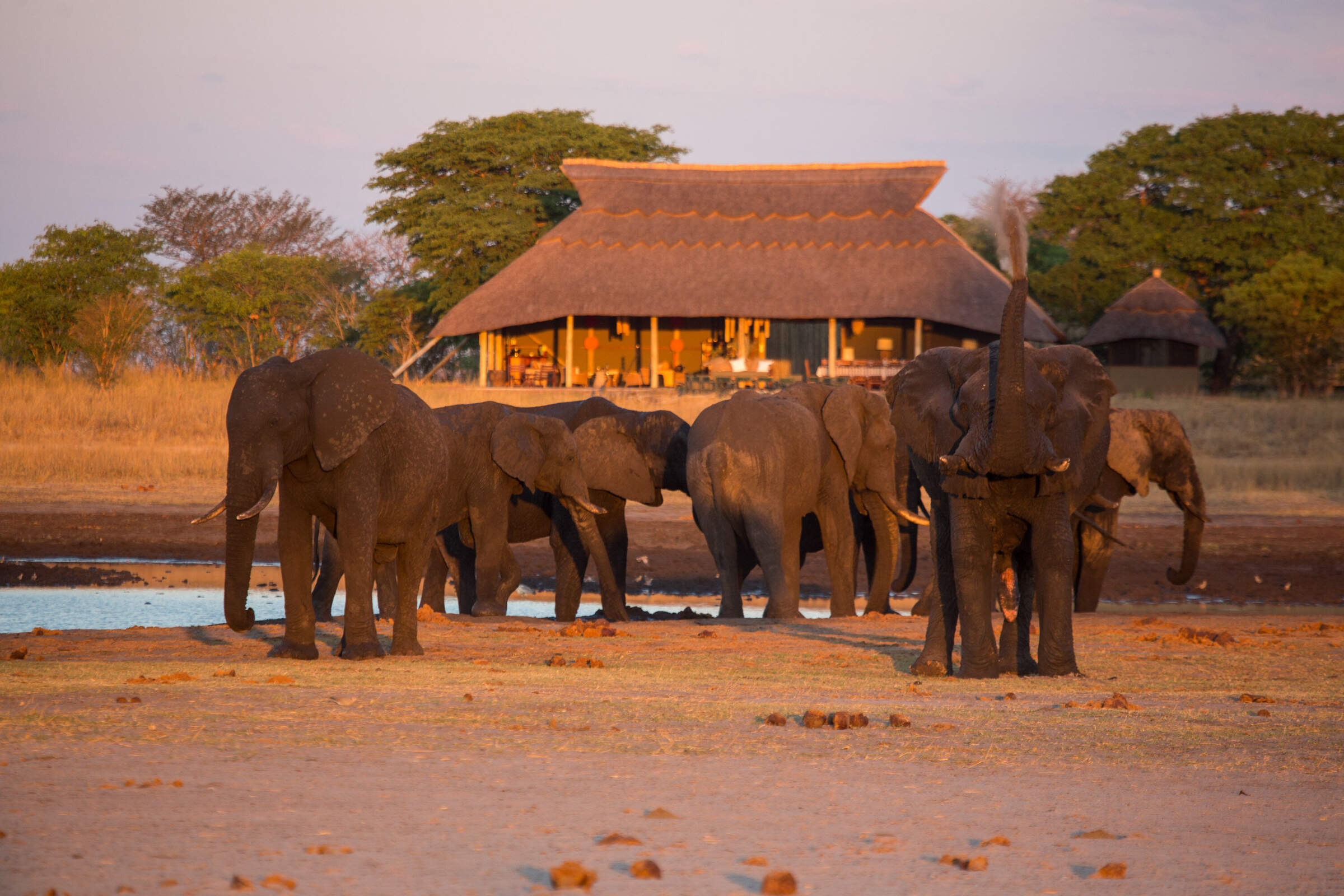
Camp Hwange
Overlooking a waterhole in a remote part of Hwange National Park, Camp Hwange offers great guiding in a pristine wilderness at reasonable prices.
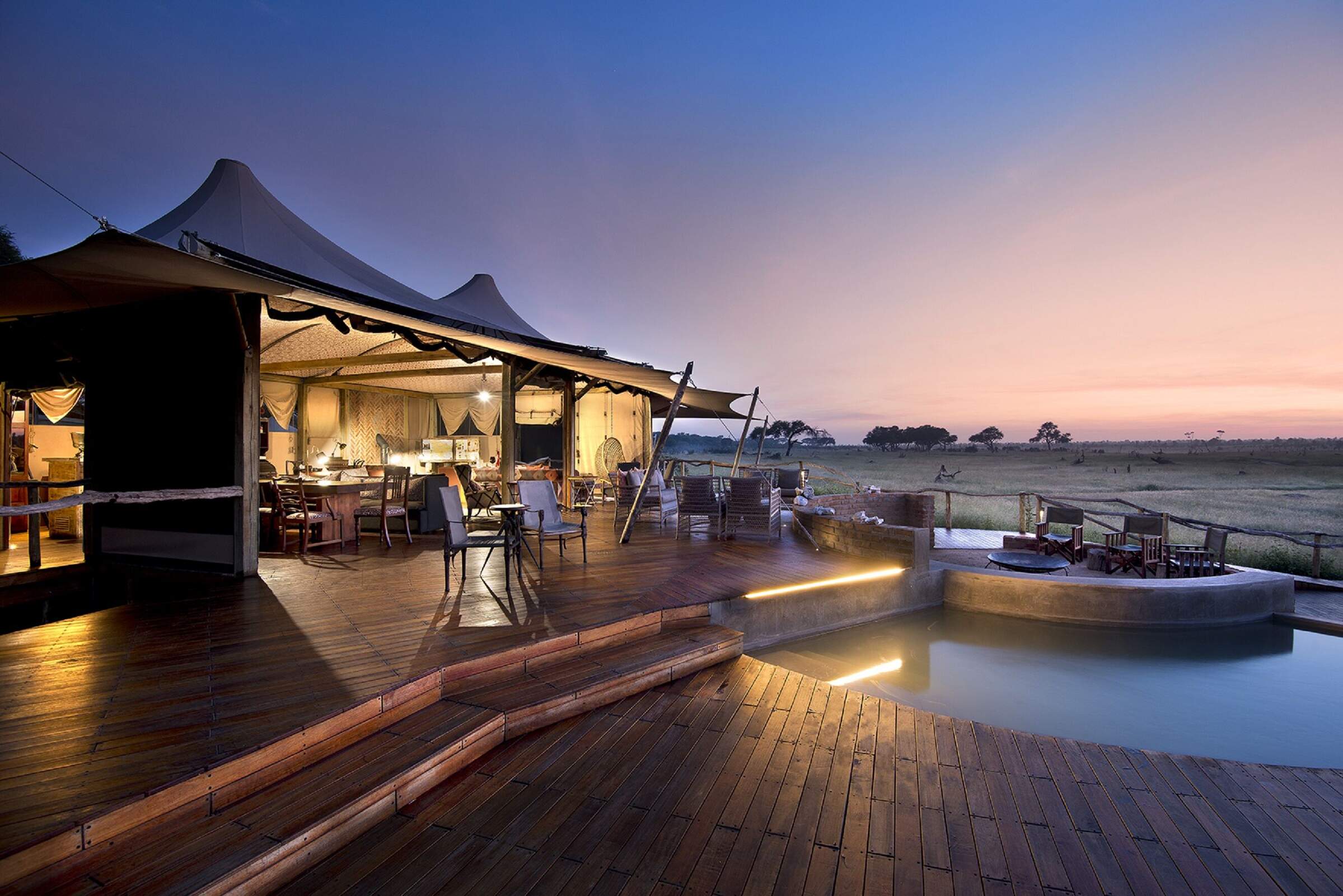
Somalisa Camp
Somalisa is a luxurious, yet remote, safari camp in Hwange National Park, offering walking safaris and game drives.
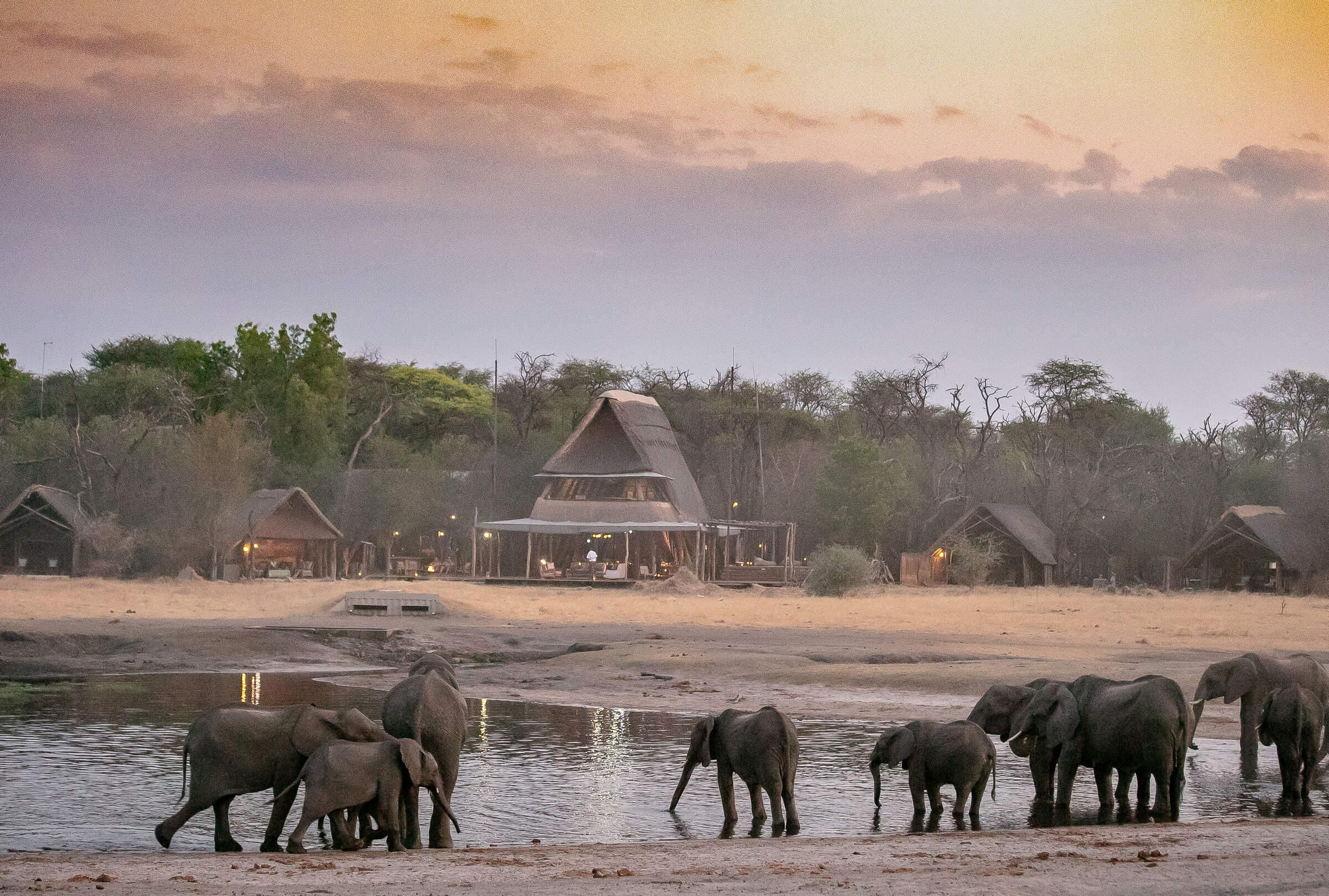
The Hide
Located in a small, private concession, The Hide is a relaxed and comfortable camp offering submerged hides and great family accommodation.
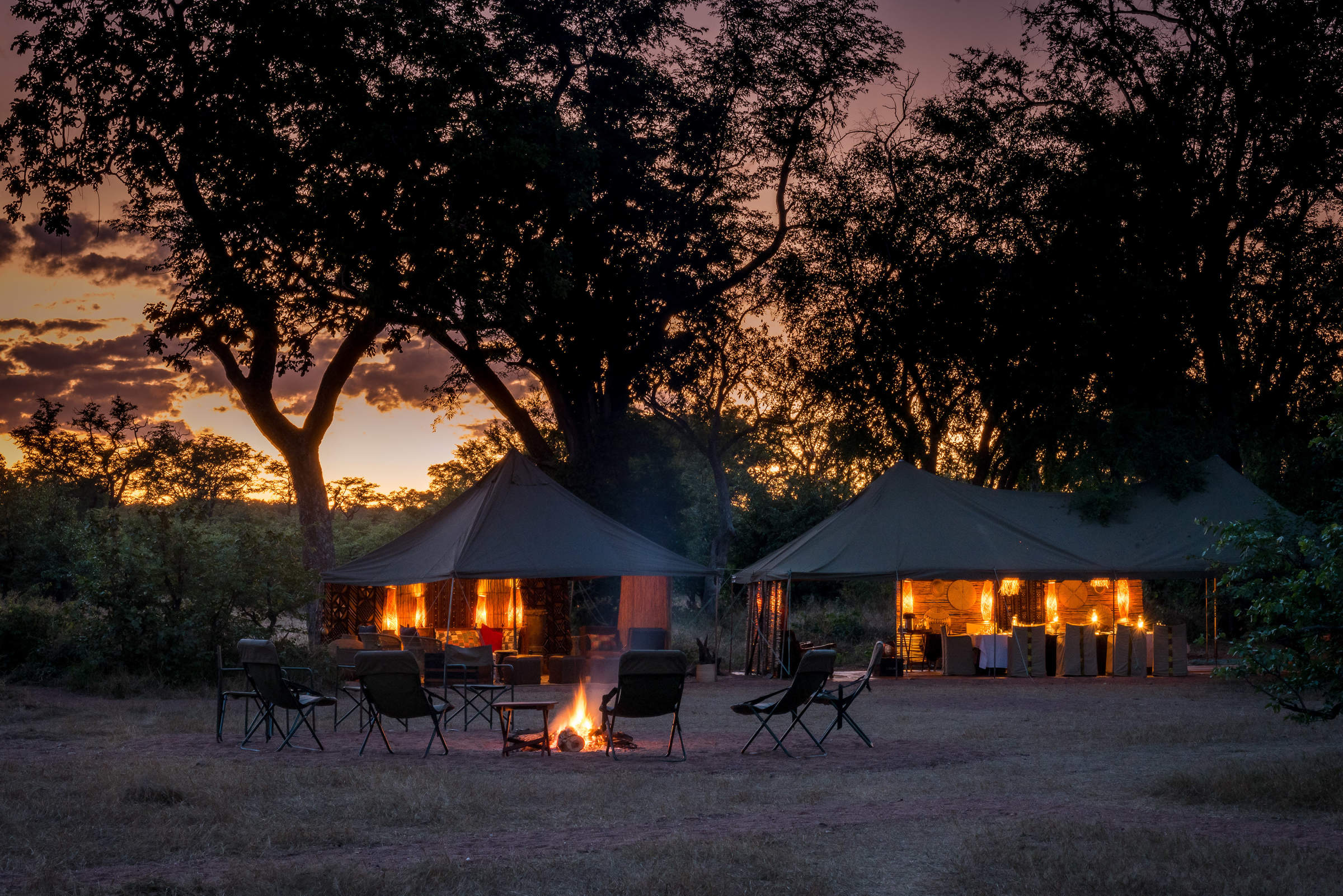
Hwange Bush Camp
Hwange Bush Camp is a small seasonal camp offering comfortable tents, great food, and superb guiding, and is often used by exclusive groups.
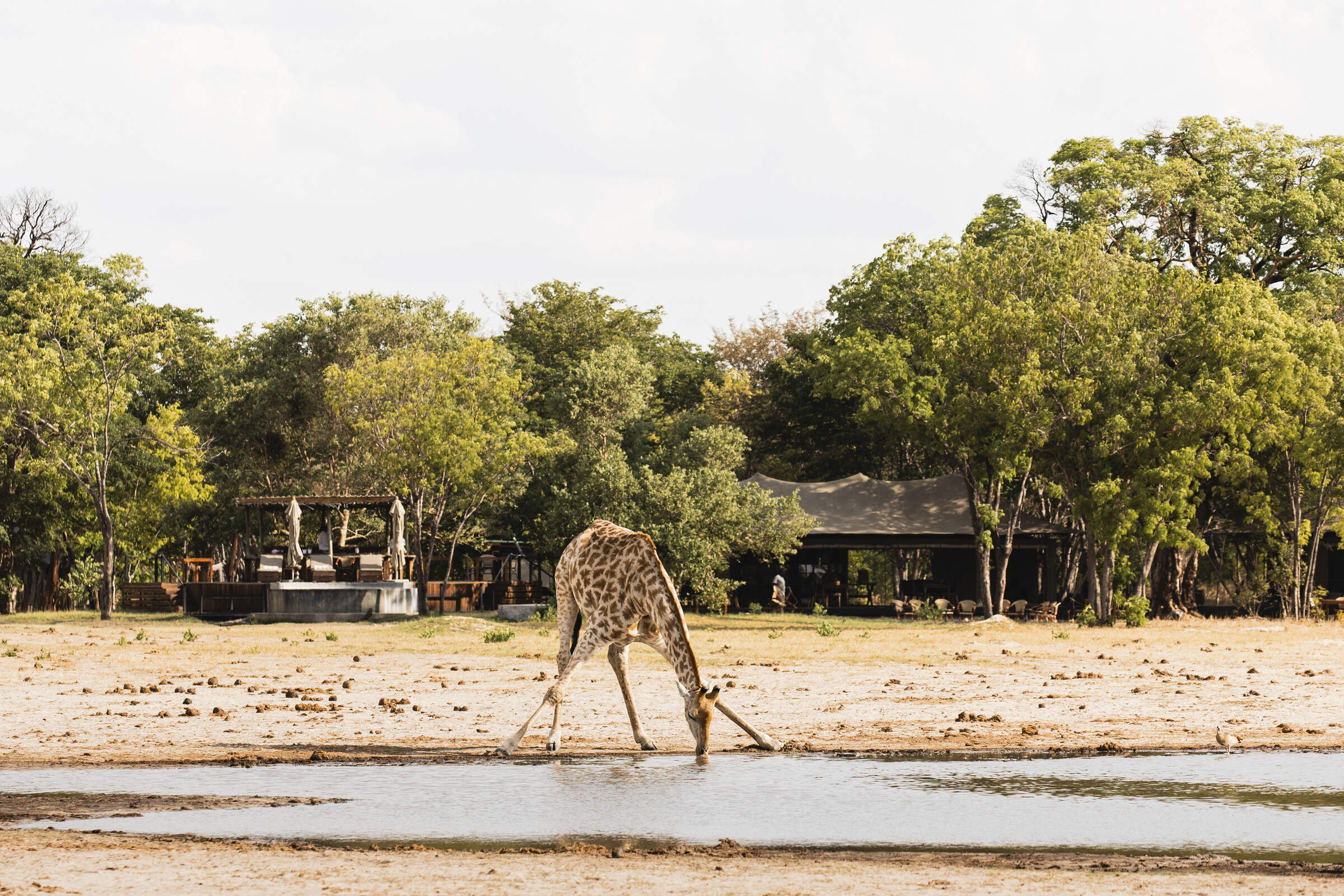
Little Makalolo Camp
Tucked away in Hwange National Park overlooking a waterhole, Little Makalolo Camp combines top guiding with excellent wildlife watching.
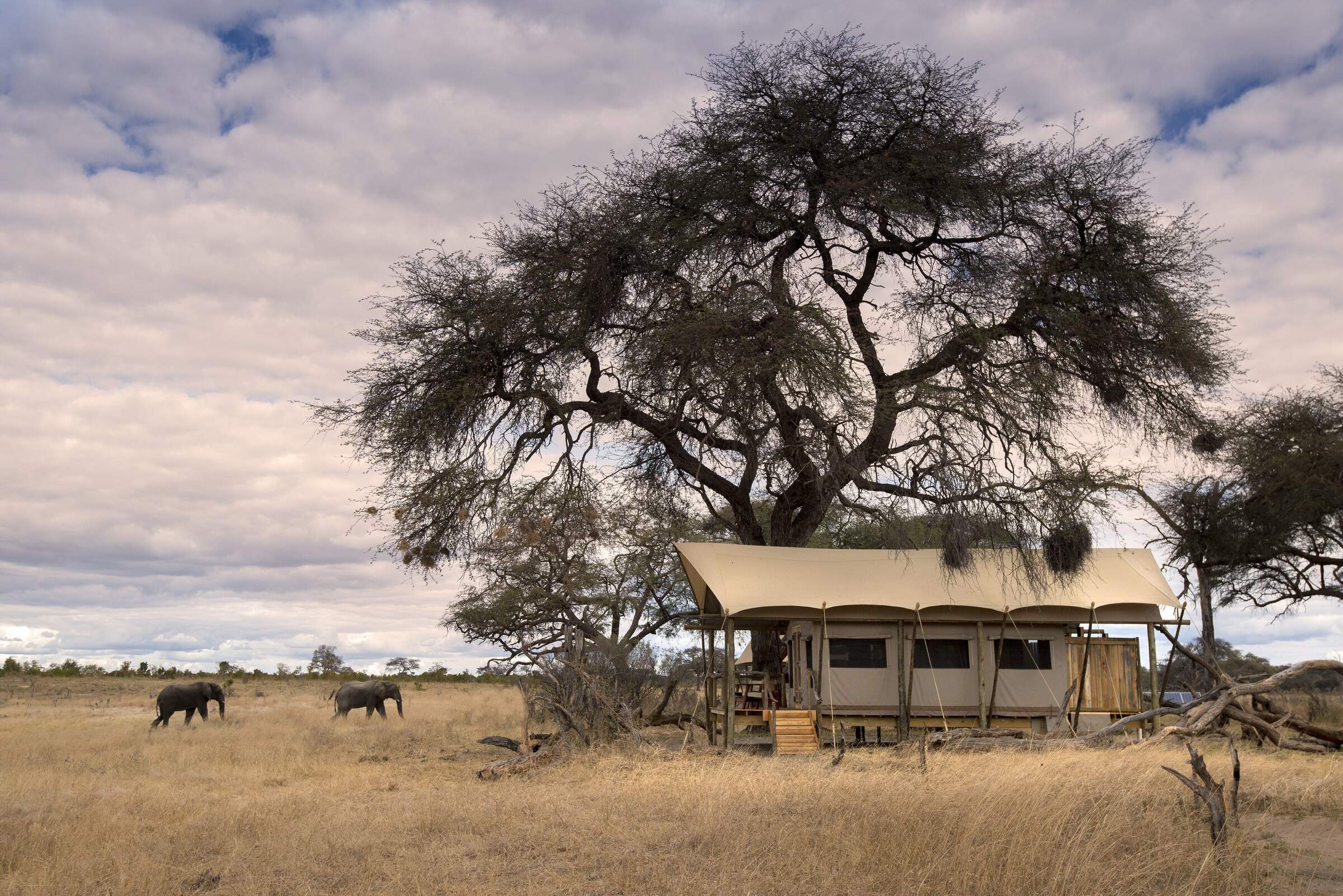
Somalisa Expeditions
A simple but stylish camp, Somalisa Expeditions sits in the heart of Hwange National Park, offering walking safaris and game drives.
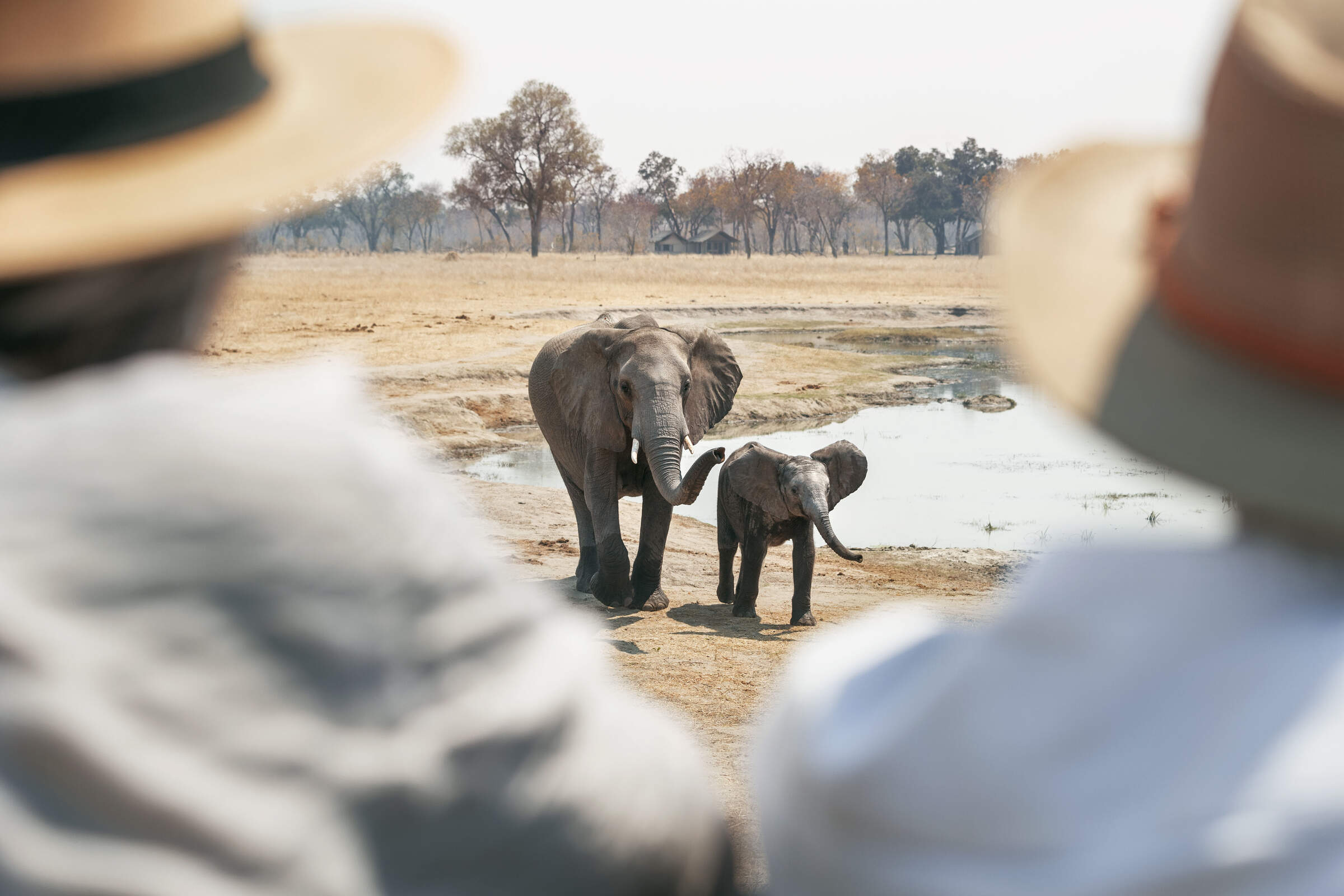
Davison's Camp
Within the Linkwasha Concession, Davison's Camp offers superb value for money, morning walking safaris and spot-lit drives after dark.
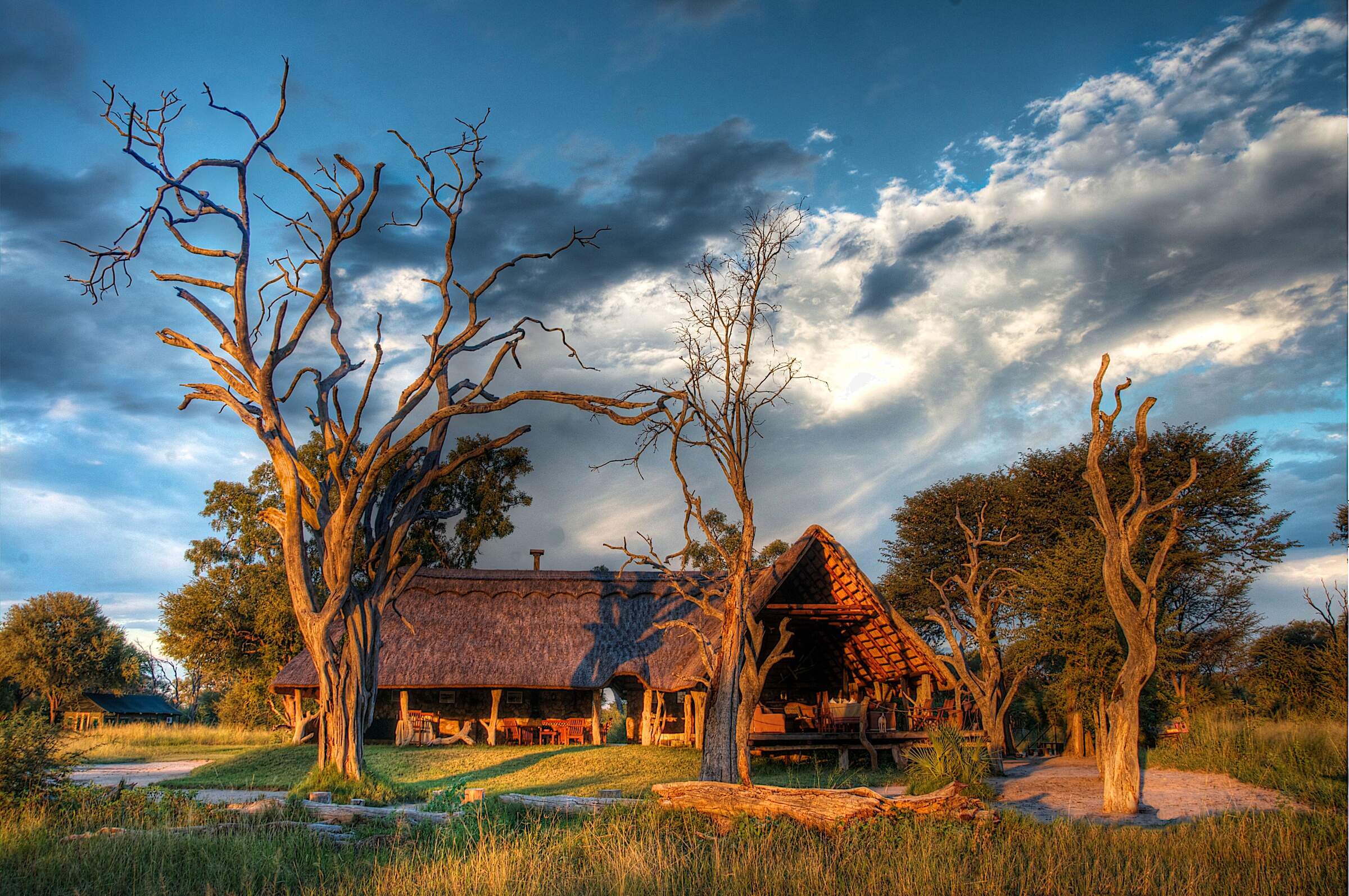
Bomani Tented Lodge
Bomani is a down-to-earth lodge with a range of activities in a remote region of western Zimbabwe, adjacent to Hwange National Park.
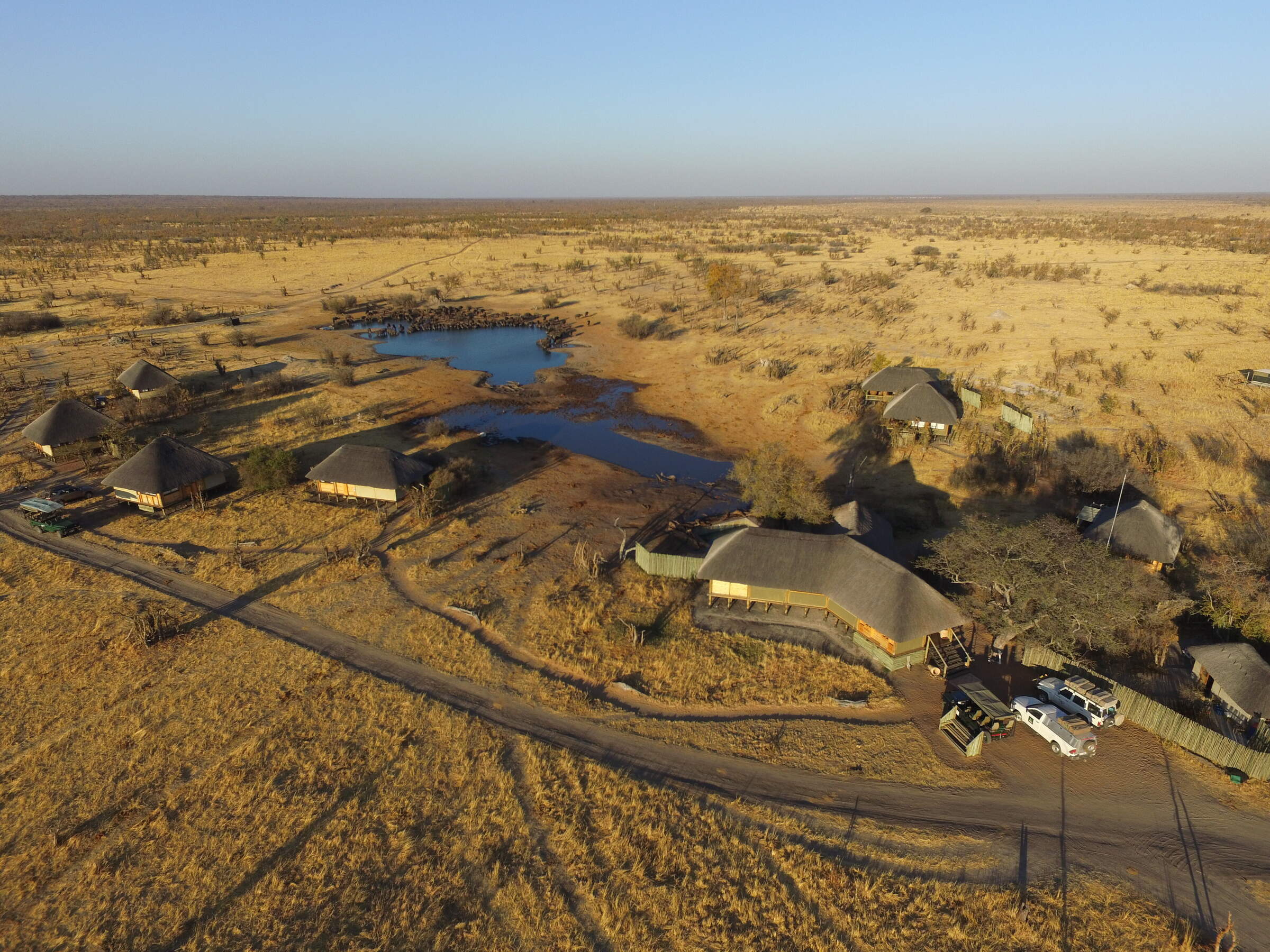
Nehimba Lodge
Nehimba is a comfortable, good-value camp in a remote area of Hwange National Park, teeming with wildlife.
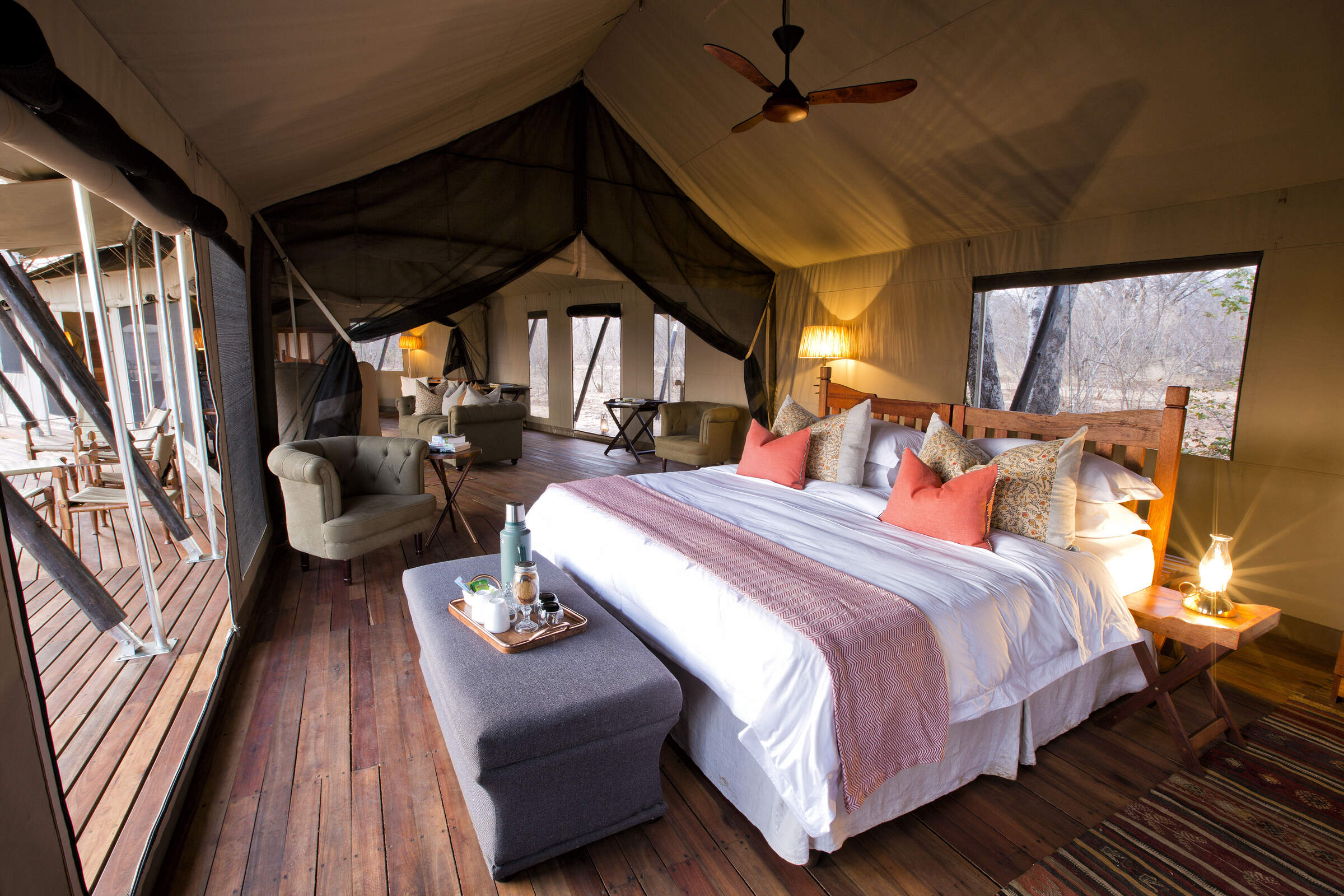
Verney's Camp
Verney's Camp is one of the newest offerings in Hwange, located in the wildlife rich, open landscape in the south-eastern section of the park.
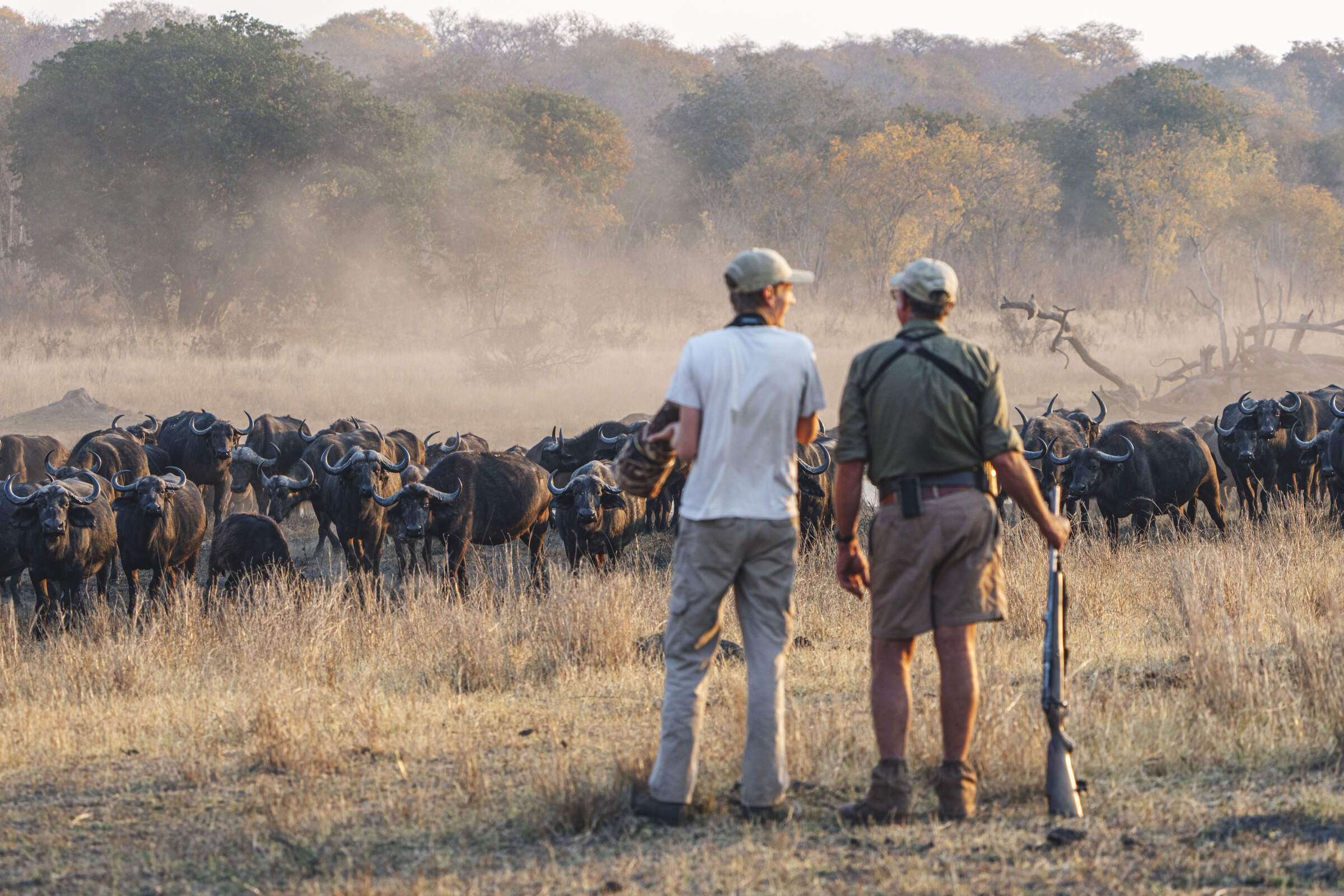
Khulu Bush Camp
Just outside Hwange National Park, Khulu Bush Camp features a waterhole popular with wildlife, especially elephants and offers excellent value for money.
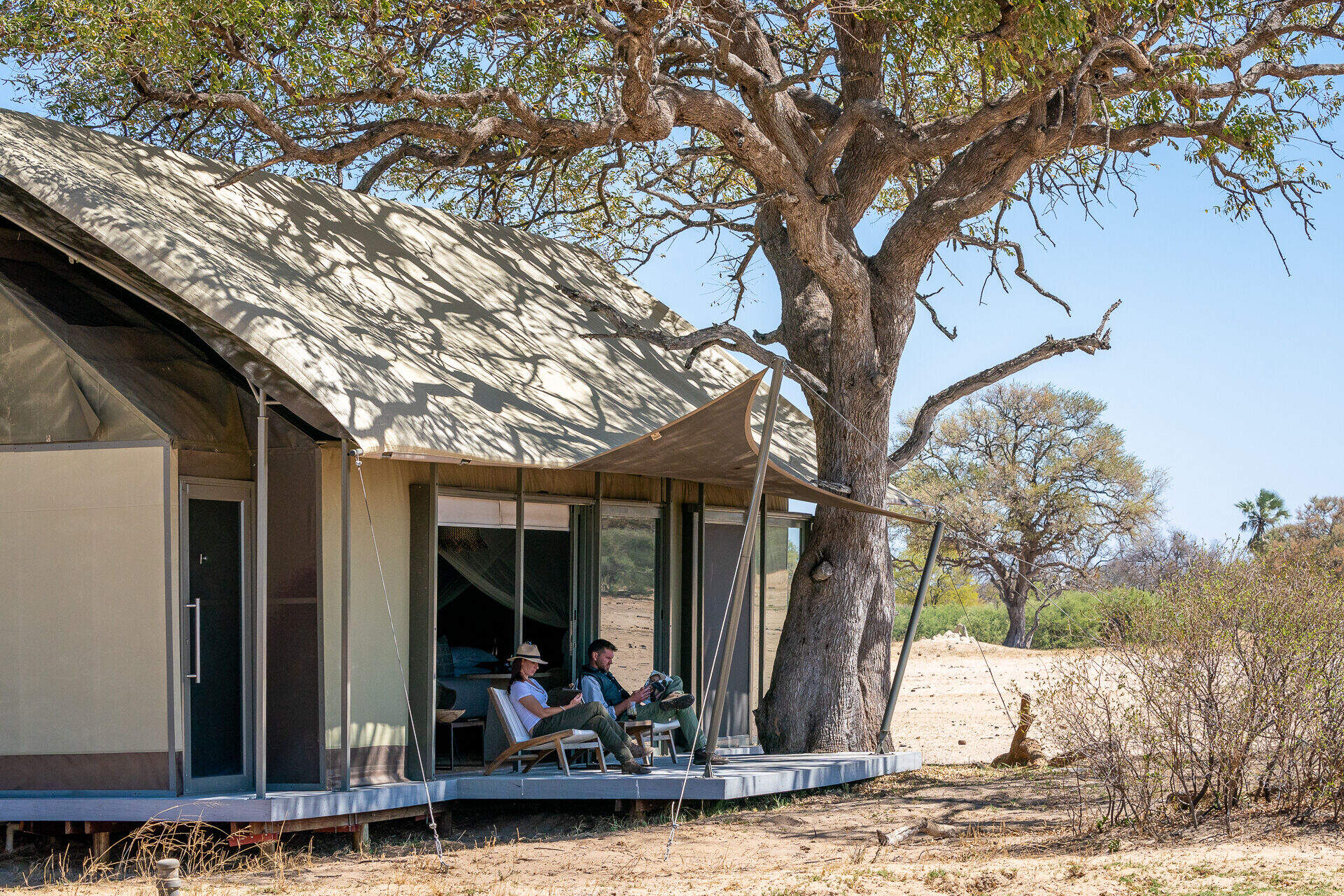
Linkwasha Camp
In its own private concession within Hwange National Park, Linkwasha offers excellent wildlife sightings and luxurious surroundings.
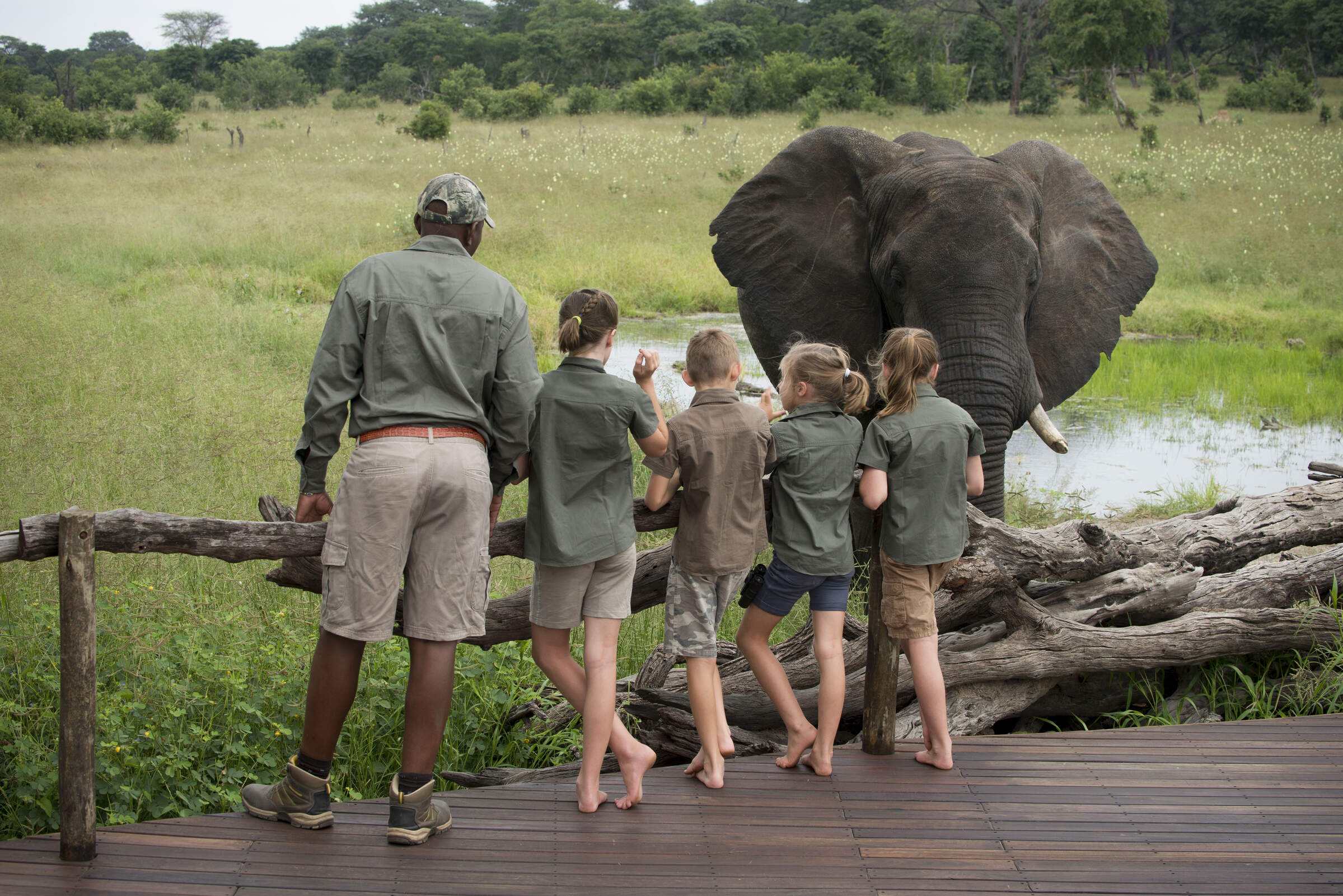
Somalisa Acacia
Somalisa Acacia is a family-friendly, yet remote and luxurious safari camp in Hwange National Park.
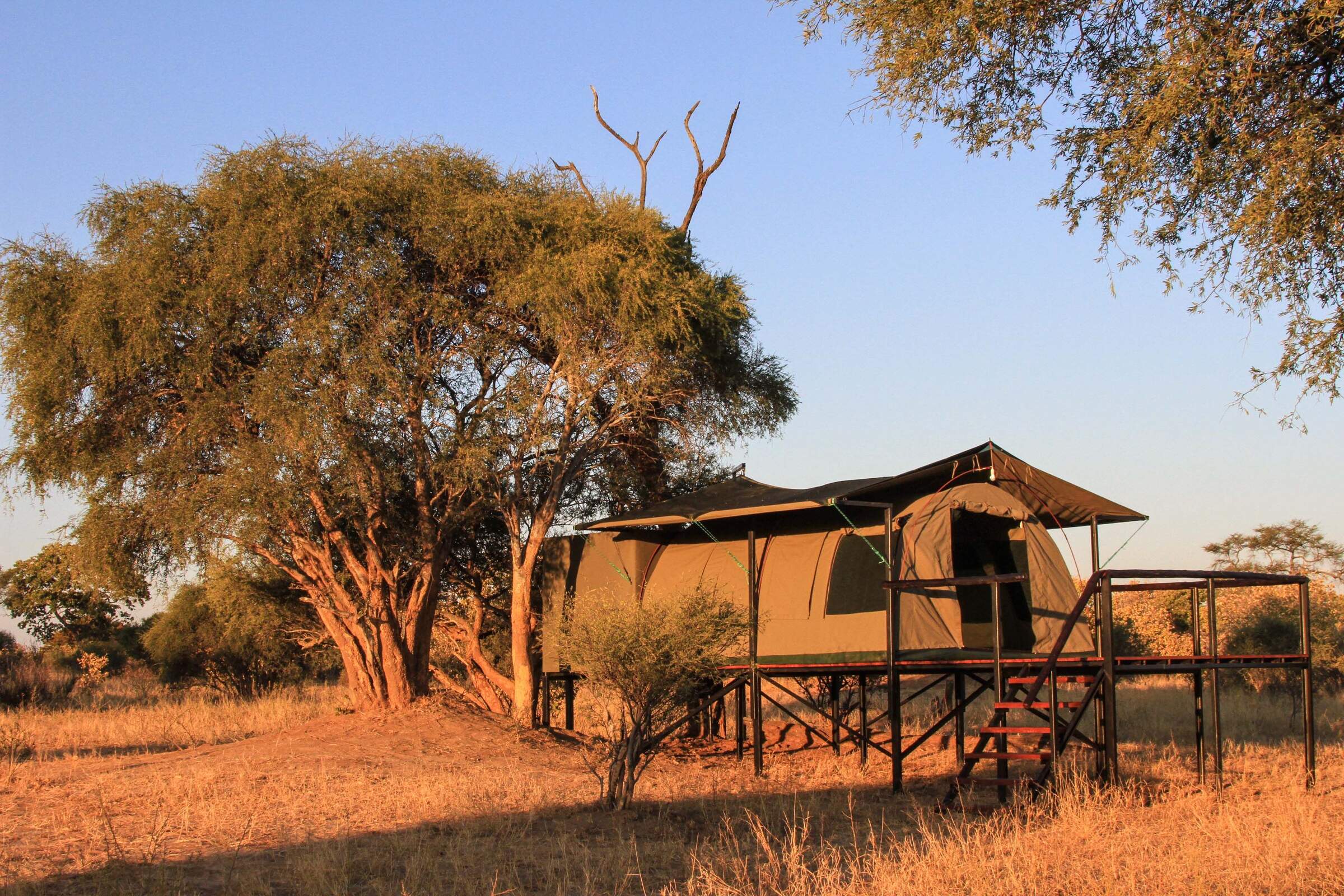
Jozibanini Camp
Remote and rugged, Jozibanini is one of the most remote camps in Zimabwe's largest National Park. Stay here for a real wilderness experience.
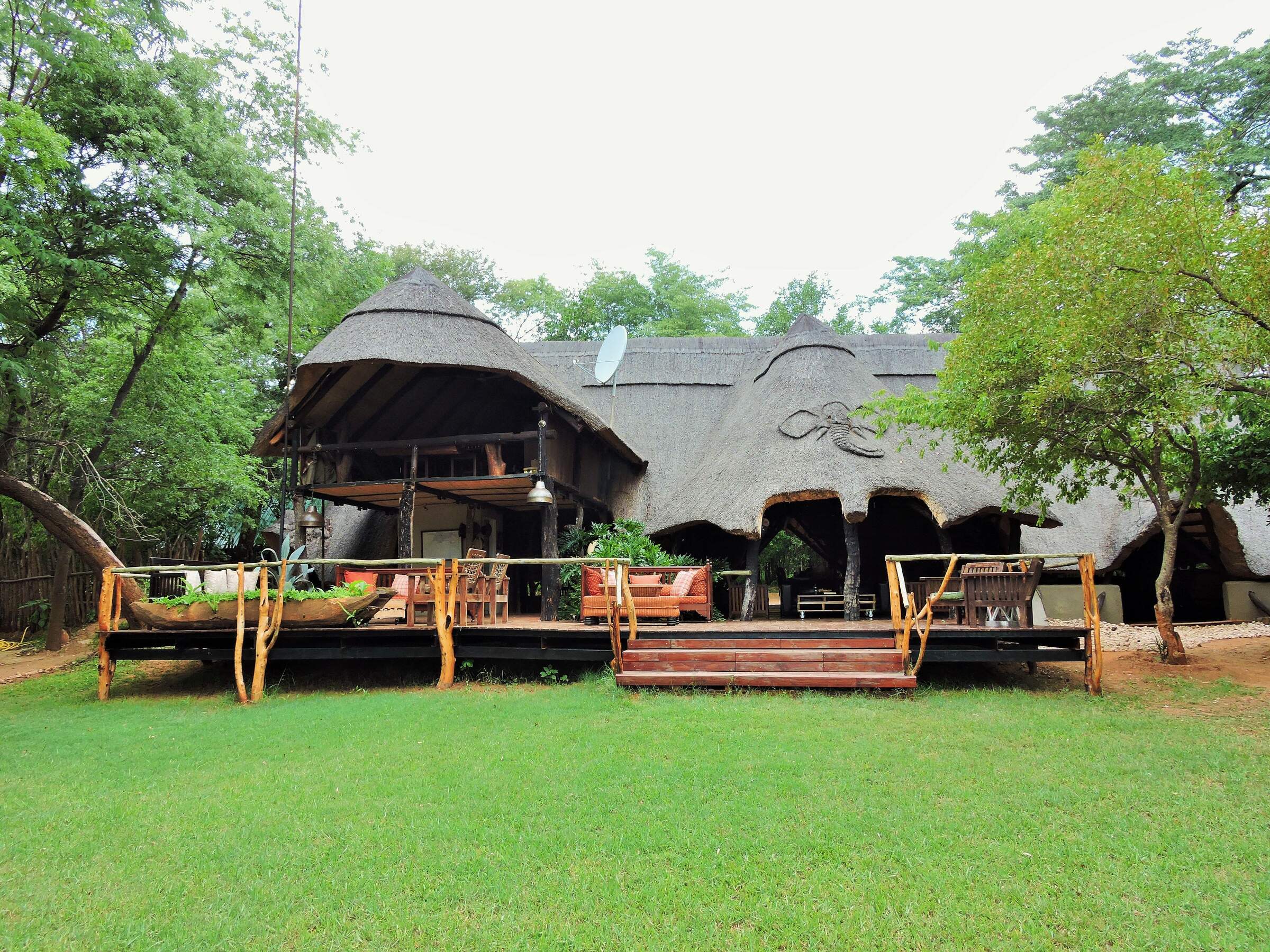
Ivory Lodge
Just outside Hwange National Park, the small Ivory Lodge is a great place to see large herds of elephant as well as smaller plains game.
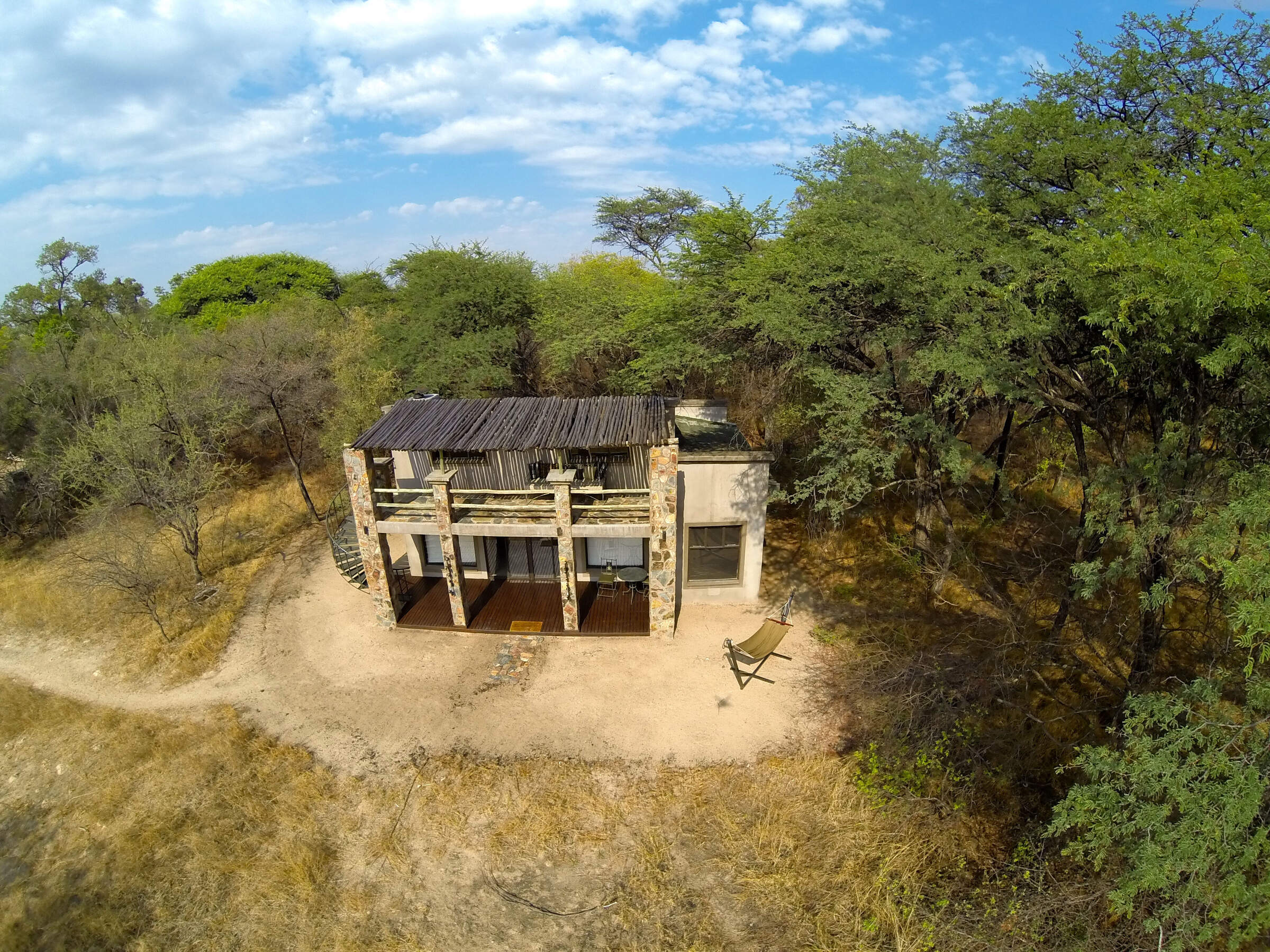
Camelthorn
Camelthorn is a stylish lodge with a range of activities in a remote region of western Zimbabwe, adjacent to Hwange National Park.
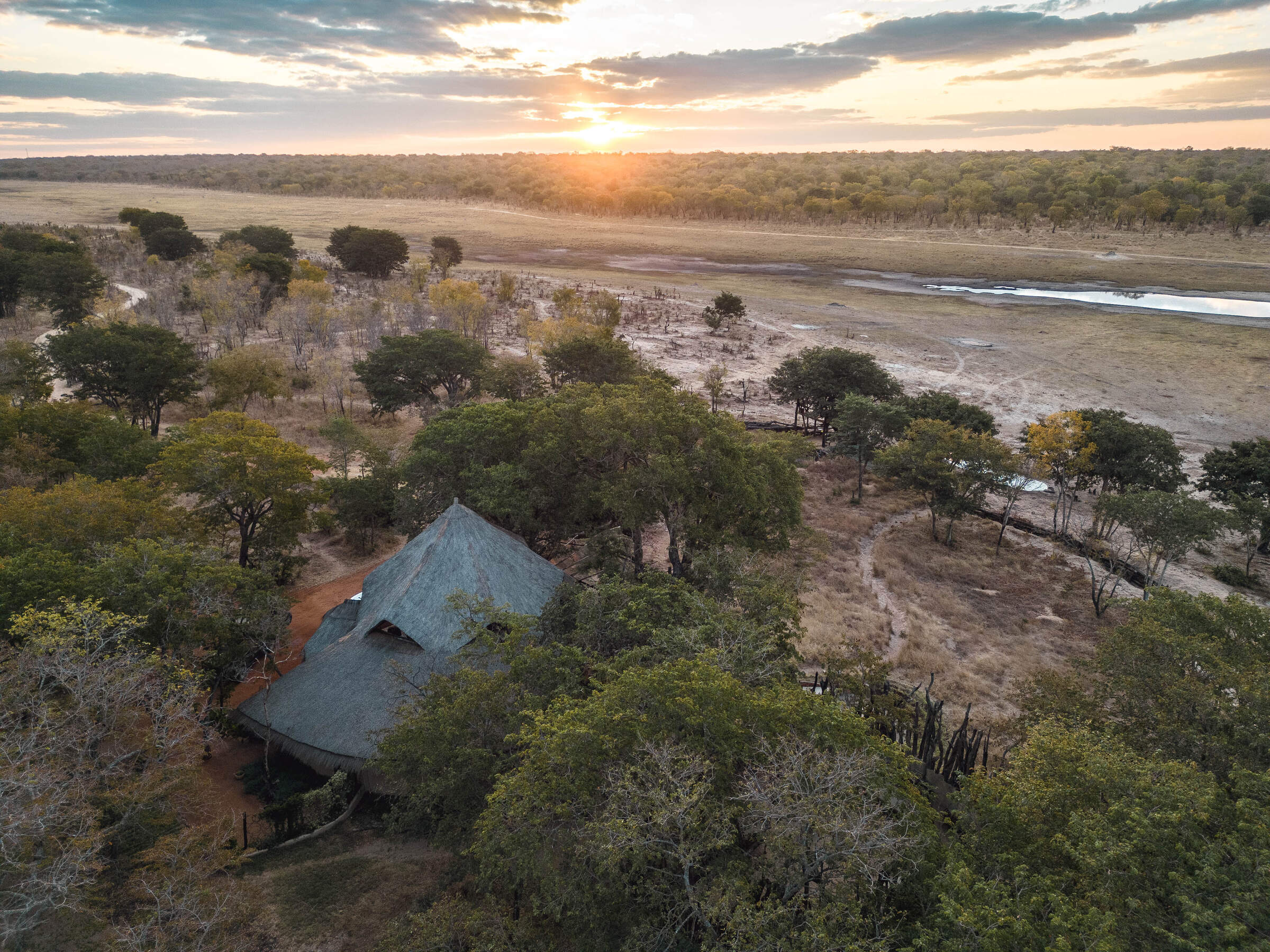
Sable Valley Lodge
Set on the 12km Dete Vlei, the recently upgraded and family-friendly Sable Valley sits in a private reserve within easy reach of Hwange National Park.
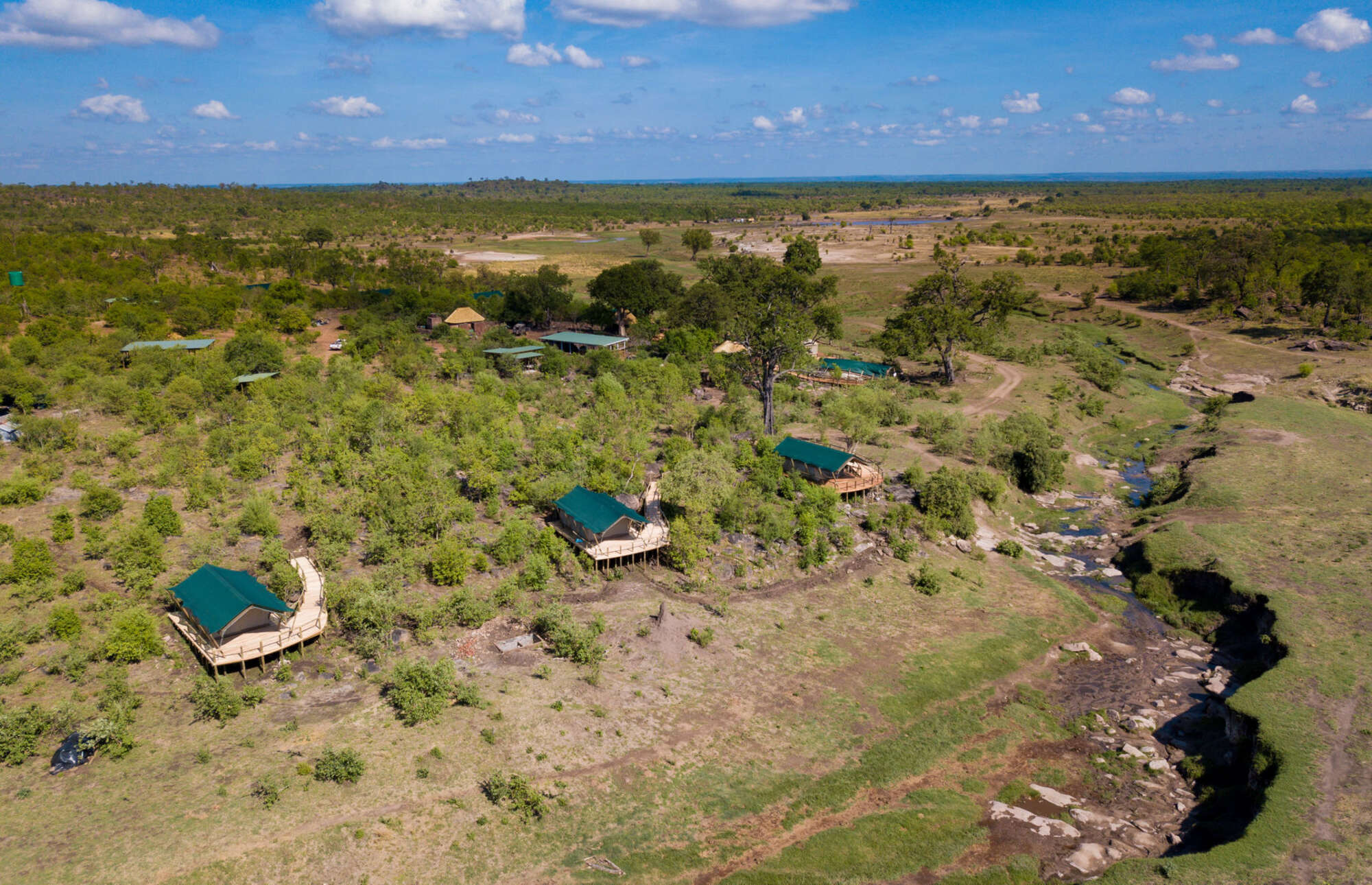
Deteema Springs Camp
Nestled deep in Hwange National Parks rugged northern sector, Deteema Springs Camp promises visitors an authentic bush camp experience.
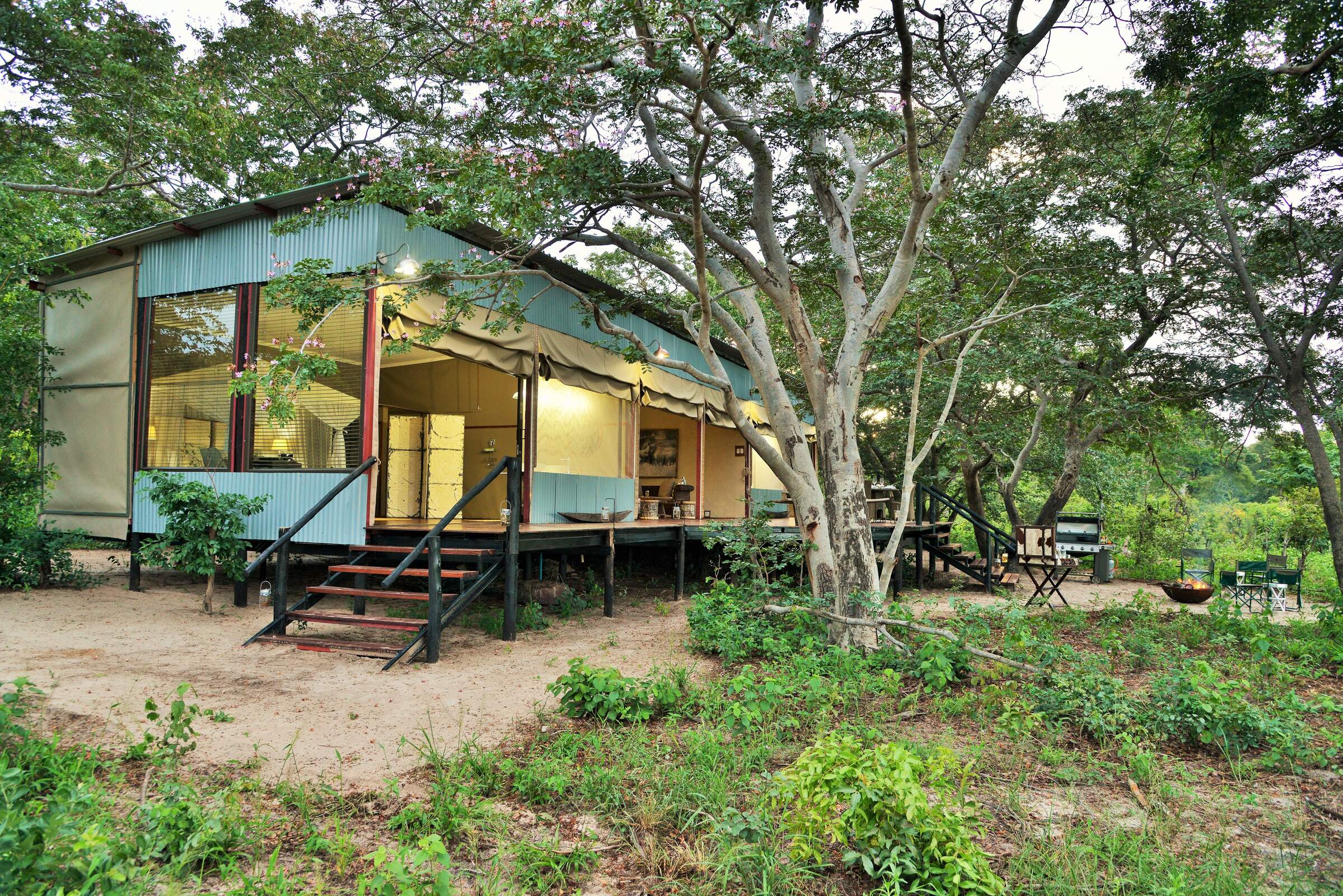
Khulu's Retreat
Just outside Hwange National Park, Khulu's Retreat is an exclusive private villa and is a great place to spoil yourself on a safari in Zimbabwe.
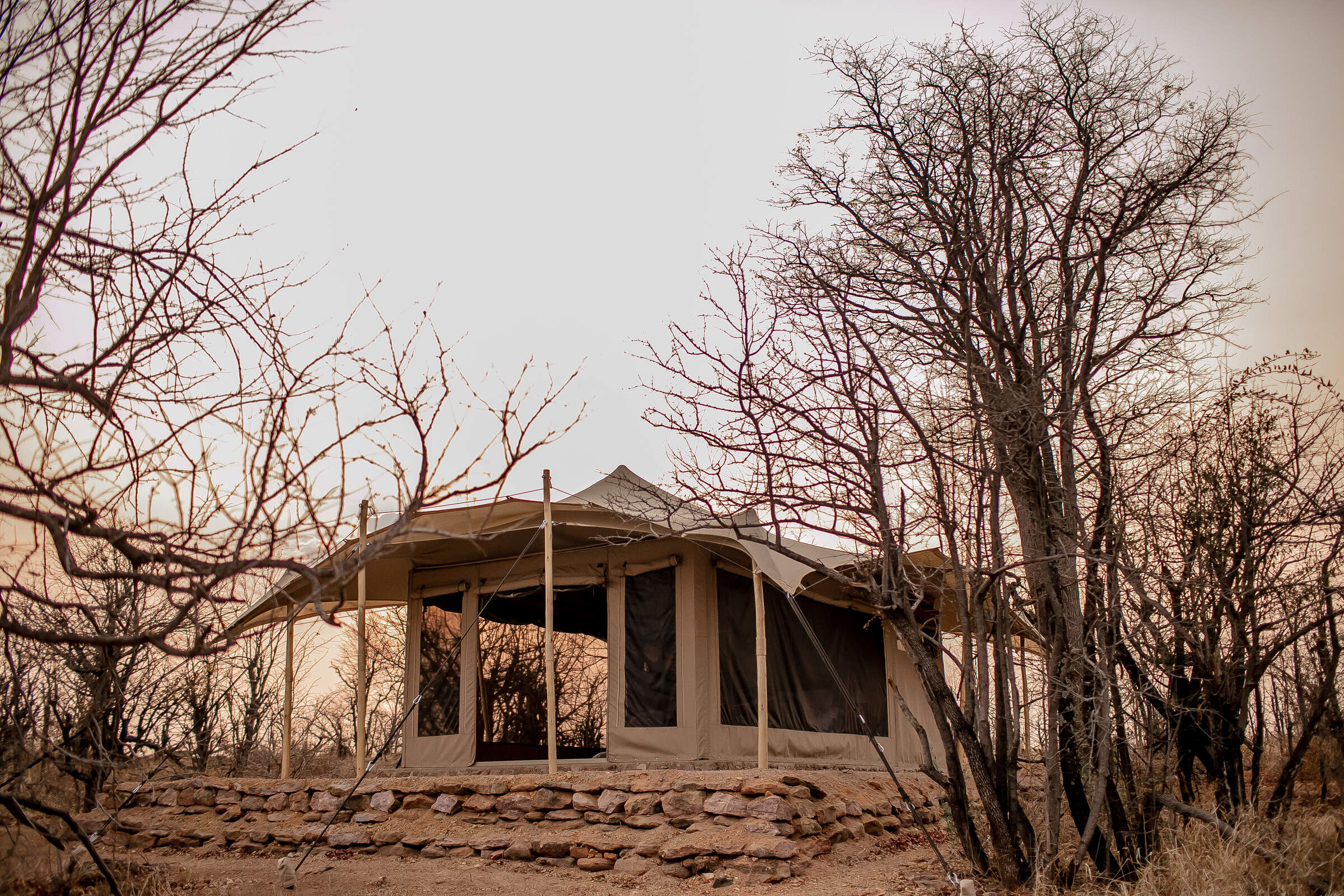
Camp Chitubu
Nestled in the rugged north of Hwange National Park, the unpretentious yet comfortable Camp Chitubu has a strong focus on excellent guiding.
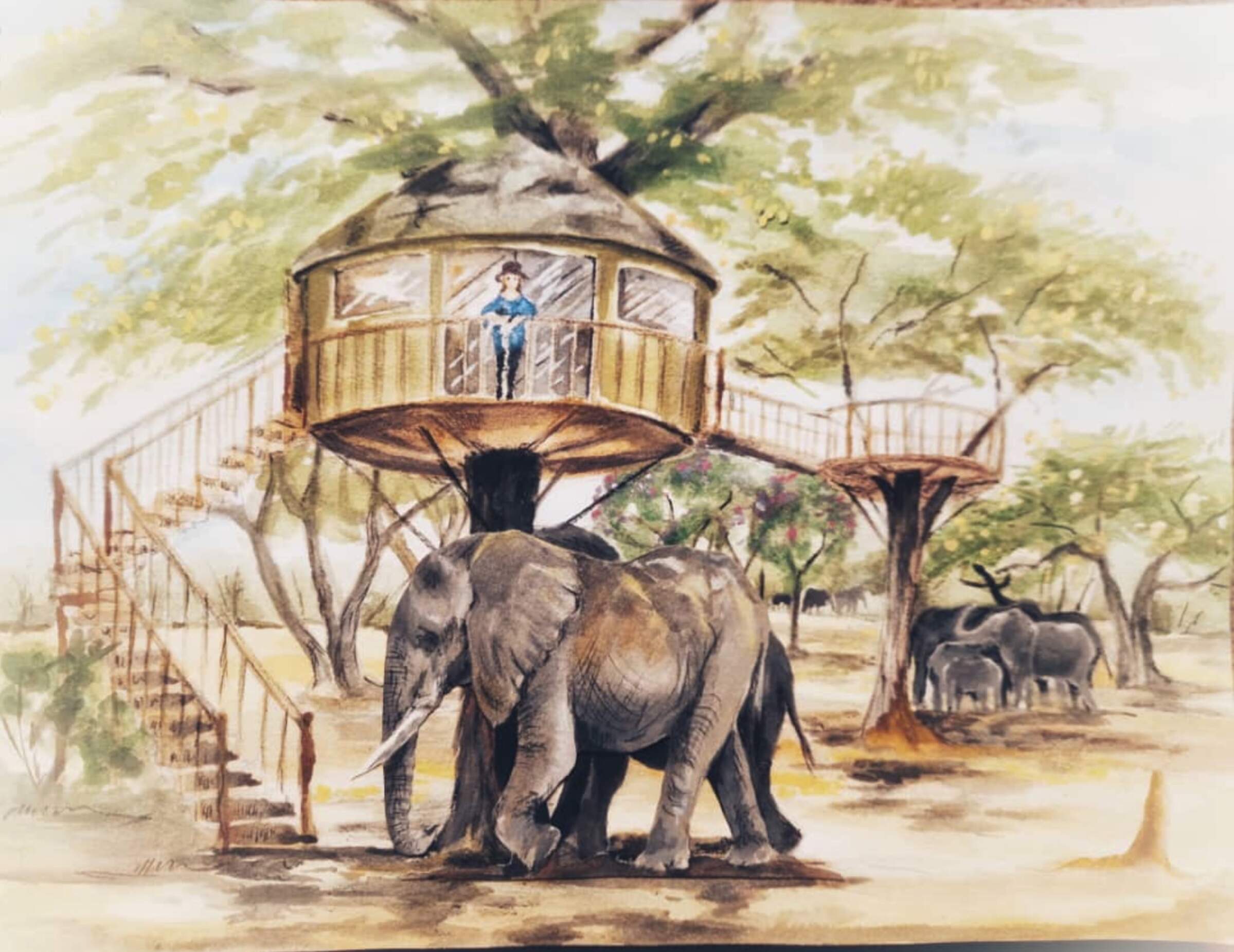
Tum Tum
The Tum Tum Treehouses are due to open in late 2025. Details on this exciting development are still scarce, so watch this space.
When to go to Hwange National Park
Our month by month guide: What it's like to visit Daka Camp in Hwange National Park
Jan
Feb
Mar
Apr
May
Jun
Jul
Aug
Sep
Oct
Nov
Dec
Zimbabwe in January
January falls in the middle of Zimbabwe’s rainy season and is the wettest month of the year. Heavy rainfall occurs most days, flooding seasonal rivers and waterholes, with the occasional sunny spell.
With the high levels of precipitation the wildlife in the national parks becomes widely dispersed, taking advantage of the abundance of food and water, and is easily hidden by the thick, green bush.
While sightings of larger animals are possible, and many species drop their young at this time, game viewing is often sparse. However, many migratory species of bird arrive in Zimbabwe making it a peak month for birding.
The rains create incredibly sticky mud in Mana Pools National Park, preventing access and causing camps to close for the season. The majority of the camps in other parks remain open, with low rates attracting a smattering of visitors.
- Peak of the rainy season: hot & humid with heavy rain most days
- Bush exceptionally thick and green, with poor game viewing
- Species such as impala drop their young
- All camps in Mana Pools closed
- Very few visitors, and low rates at open camps
Our view
A time to avoid if possible
Weather in January
Zimbabwe in February
February remains well within Zimbabwe’s rainy season. Although total rainfall drops, relatively short thunderstorms can still be expected most afternoons. On the plus side, there is a greater chance of some sunshine in-between.
Much of the country remains waterlogged, closing access to Mana Pools and severely restricting walking safaris in other parks. While game drives and canoeing remain an option, the abundance of water disperses animals, and thick grass can make it difficult to spot larger species, but birding remains excellent. Conversely, this is a great time of year to view the landscape, and is excellent for photographers. Sporadic cloud cover and clear air can make for some spectacular sunsets too, particularly over Lake Kariba and the Zambezi River where the reflections off the water add to the beauty.
- Generally wet with frequent thunderstorms & hot humid days
- Poor wildlife viewing due to dispersed animals & thick bush
- Clear air, green landscapes & exceptional sunsets
- All camps in Mana Pools closed
- Very few visitors & low rates at camps that are open
Our view
This is not a great time to visit
Weather in February
Zimbabwe in March
March is the final month of Zimbabwe’s rainy season, when the rains start to trail off and sunny days become the norm. However, some days the clouds can still build, breaking into thunderstorms in the afternoon.
Mana Pools remains closed throughout the month but the majority of camps in Hwange, Matusadona and Gonarezhou remain open. Here, the landscape is green and alive, with migrant species of birds taking advantage of the abundant insect life. Larger animals remain elusive though, and walking safaris remain restricted.
By this time of year, the rains have normally trickled down to the Zambezi River and the flow of water over the Victoria Falls starts to increase, but without kicking up too much spray to obscure the views.
- Last month of the rainy season: hot, humid days with occasional storms
- Lush vegetation means good birding, but poor game viewing
- Views of the Victoria Falls improve
- All camps in Mana Pools closed
- Open camps have few visitors & low rates
Our view
This is not a great time to visit
Weather in March
Zimbabwe in April
April marks the end of Zimbabwe’s rainy season and the end of summer. Clear skies are the norm, with just the occasional shower. Temperatures start to drop, failing to reach 30ºC most days and dropping down to around 10ºC at night.
As the rain fades the landscape starts to dry out. While the vegetation remains thick and green, the soil in Mana Pools dries enough for camps to open, and the only camps to remain closed are the most remote bushcamps in Hwange. Although viewing of larger animals remains tricky, the improved weather starts to draw back visitors, as do prices significantly below those in the peak season.
The Zambezi River and flow of water over the Victoria Falls is at its highest, although large amounts of spray diminish views of the waterfall itself.
- Transitional period, with much lower rainfall & falling temperatures
- Wildlife is still dispersed & hard to see, but sightings improving
- Views of the Victoria Falls often obscured by spray
- Camps in Mana Pools open
- Visitors start to return & camps increase their rates
Our view
A good time to visit, with pros & cons
Weather in April
Zimbabwe in May
The first month in the dry season, May is also Zimbabwe’s first month of winter. If the rains are particularly late in a given year, you may catch the odd shower, but you can expect clear and sunny days the majority of the time. While it’s warm in the daytime, temperatures drop to single digits at night, so bring a warm jumper and gloves for early morning drives.
With the rain having cleared the air, the sky is bright blue, and it’s the best time of year for photography.
Even the most remote camps in Zimbabwe are now open. With the lack of rainfall, vegetation dies back significantly, and seasonal rivers return to sand. Not only does this open up the possibility of walking safaris, but wildlife viewing becomes much more reliable.
- Start of the dry season, with milder days and cold nights
- Game viewing significantly improves as vegetation dies back
- Vegetation starts to turn from green to brown
- Best time for photography with crystal clear air
- Visitors start to return; all camps open & rates increasing
Our view
A very good time to visit
Weather in May
Zimbabwe in June
During June you can virtually be guaranteed of dry and sunny days, although temperatures continue to drop, and can get close to freezing at night in Hwange National Park. Jumpers, jackets and gloves are strongly recommended for early mornings and evenings.
The opportunities for wildlife viewing improve throughout the month as the landscape rapidly dries, and the animals start to gather on the banks of the Zambezi River and around Hwange’s waterholes.
Water levels in the Zambezi River start to drop, reducing the amount of spray kicked up at the Victoria Falls and greatly improving visibility, but still allowing a full curtain of water to cascade over the edge.
- Middle of winter, with night-time temperatures close to freezing
- Game viewing significantly improves throughout the month
- Views of the Victoria Falls are at their best
- Noticeable increase in visitor numbers
- Camps considerably more expensive
Our view
A very good time to visit
Weather in June
Zimbabwe in July
July sits in the middle of Zimbabwe’s dry season. Although it’s warm at midday, temperatures are generally cold and in Hwange it’s been known to drop below freezing at night, with the lower-altitude Mana Pools feeling a bit warmer.
With wildlife clustering around the few remaining waterholes, sparse vegetation, and some of the best views of the Victoria Falls, this is one of the most popular times to travel, with camps charging peak season rates to reflect this. That said, visitor numbers to the country in general remain low, and outside of the Victoria Falls it’s rare for any areas to feel crowded.
- Middle of the dry season with almost no chance of rain
- Clear sunny days, but very cold nights
- Wildlife viewing good; game drives and walking safaris unrestricted
- Views of the Victoria Falls at their best
- Camps charging peak season rates
Our view
A very good time to visit
Weather in July
Zimbabwe in August
While August is the end of winter and temperatures are starting to creep up, mornings and nights are still cold, and game drives in open vehicles can feel particularly chilly. Well into the dry season, the landscapes will have mostly transformed from green to brown and wildlife viewing in Zimbabwe’s national parks is approaching its best. Due to dust kicked up into the atmosphere and smoke from bush fires you may start to notice a haze on the horizon, but this doesn’t significantly impact photography.
August is one of the most expensive months, and the pleasant weather and decent game viewing attracts lots of visitors. While the national parks rarely feel crowded, Victoria Falls accommodation can sell out a year in advance.
- Warm, sunny days but cold mornings & nights; almost no chance of rain
- Wildlife viewing nearly at its best
- Landscape turns brown, & an atmospheric haze develops
- All camps charging peak season rates
Our view
Fantastic: the very best time to visit
Weather in August
Zimbabwe in September
Temperatures in September rarely drop below 15ºC, but are yet to reach the oppressive highs of summer. It will normally have been five months since the last drop of rain, so antelope and elephants cluster around whatever water remains, with predators never too far away.
The landscape is very brown, and the haze building on the horizon takes some of the colour out of the sky, so while animal subjects are plentiful, the background is not ideal for photography.
The combination of incredible wildlife viewing, hot and sunny weather, and cheaper flights outside of the school holidays make this the most popular time of year to travel, and availability at the camps can become limited up to a year in advance.
- The best month for weather, with a pleasantly warm temperature range
- One of the best months for game viewing
- Victoria Falls starting to dry but still impressive on Zimbabwean side
- All camps are charging peak season rates
- Most popular time to travel, & space can be limited
Our view
Fantastic: the very best time to visit
Weather in September
Zimbabwe in October
October is the last month of the dry season with little chance of rain but building humidity. While the higher elevation of Hwange National Park limits temperatures to the 30s Celsius, they can easily top 40ºC in Mana Pools.
With little vegetation or water, wildlife is drawn to the few remaining water sources and viewing is at its best; visitors who brave the heat can be rewarded with some exceptional sightings, although haze in the air diminishes photos. Maximum visibility and dense wildlife concentrations can also make for very rewarding walking safaris, although the heat can make them uncomfortable.
Water levels in the Zambezi at the Victoria Falls drop significantly, and large stretches of the waterfall are a dry cliff-face – although it never dries completely. Camp rates remain at their peak, but visitor numbers drop as people avoid the heat.
- Last month of the dry season; very hot with building humidity
- Wildlife viewing at its very best
- Dust & smoke in the air diminish photographic opportunities
- Victoria Falls starting to look very dry
- Camp rates remain at their peak
Our view
A very good time to visit
Weather in October
Zimbabwe in November
November is a transitionary period, with high temperatures and humidity. While they can’t be predicted with any precision, the first rains normally arrive halfway through the month, in the form of thunderstorms lasting a few hours each day.
Early November is a popular time to travel as the camps drop their rates, so if you’re lucky you can get peak-season game viewing at low-season rates. This is a gamble though as if the rains do arrive, animals are no longer limited to a few dangerous waterholes and will disperse into the bush. While all the camps in Mana Pools intend to remain open, the rains can make the airstrips unusable so you may find yourself moved to a different park, a risk that increases through the month.
- Typically the start of the rains in Zimbabwe
- Temperatures & humidity levels remain high
- Wildlife viewing rapidly diminishes as the rains arrive
- Camps remain open, but risk early closure in Mana Pools
- Much cheaper time to travel as camps drop their rates
Our view
A good time to visit, with pros & cons
Weather in November
Zimbabwe in December
By December the rainy season has begun in earnest; this is one of the wettest months in Zimbabwe, with heavy thunderstorms most afternoons and occasionally continuous rain for a couple of days. While temperatures start to cool down the high levels of humidity can make the heat feel more oppressive.
With the rains comes an explosion of green growth, and the dust and smoke are washed out of the air. The resulting scenery – with the occasional bright blue skies – can be fantastic for photographers. Thick vegetation and plentiful water makes viewing of larger animals tricky, but with migratory species arriving the birding is at its best.
All camps in Mana Pools and the remote Hwange camps close, with those remaining open charging their lowest rates.
- One of the wettest months in Zimbabwe
- High temperatures & levels of humidity
- Wildlife viewing poor, but birding good
- Lush green landscapes & clear air; great for landscape photography
- All camps in Mana Pools closed
Our view
This is not a great time to visit
Weather in December

Looking for inspiration on where to travel next?
Visit our trip chooser to explore your options and find inspiration for your perfect African adventure
Inspire me